USSR Armed Forces
In this issue you will see photos from the Soviet photo album 80-x ready and find out what the Great Soviet Encyclopedia has told about the Armed Forces of the USSR.
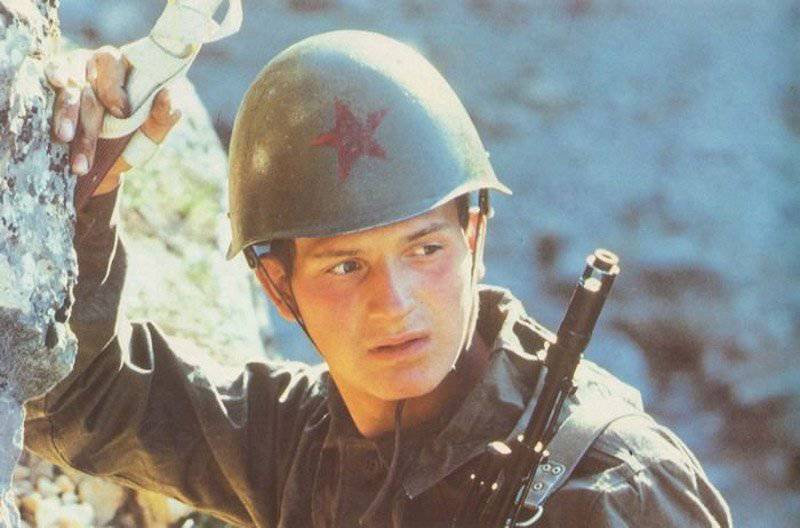
Text: Great Soviet Encyclopedia
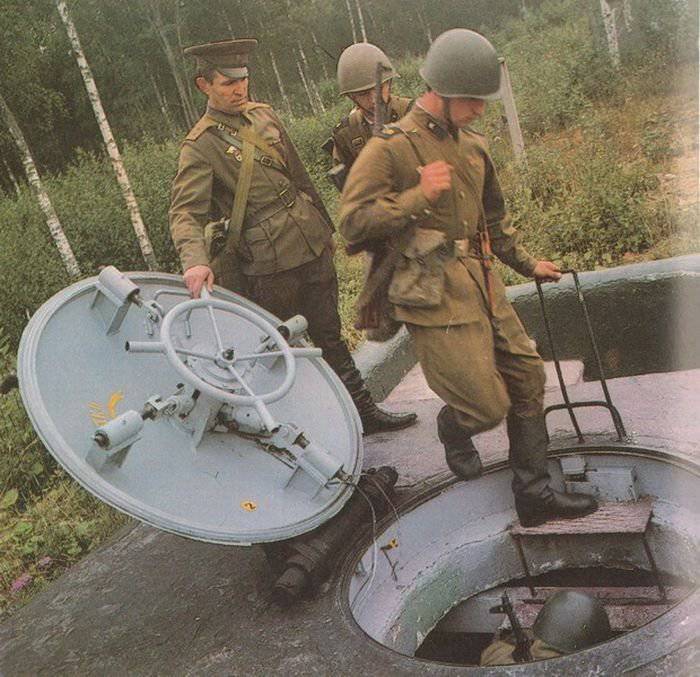
1.
The Armed Forces of the USSR is a military organization of the Soviet state, designed to protect the socialist gains of the Soviet people, the freedom and independence of the Soviet Union. Together with the armed forces of other socialist countries, they ensure the security of the entire socialist community from the encroachments of the aggressors.
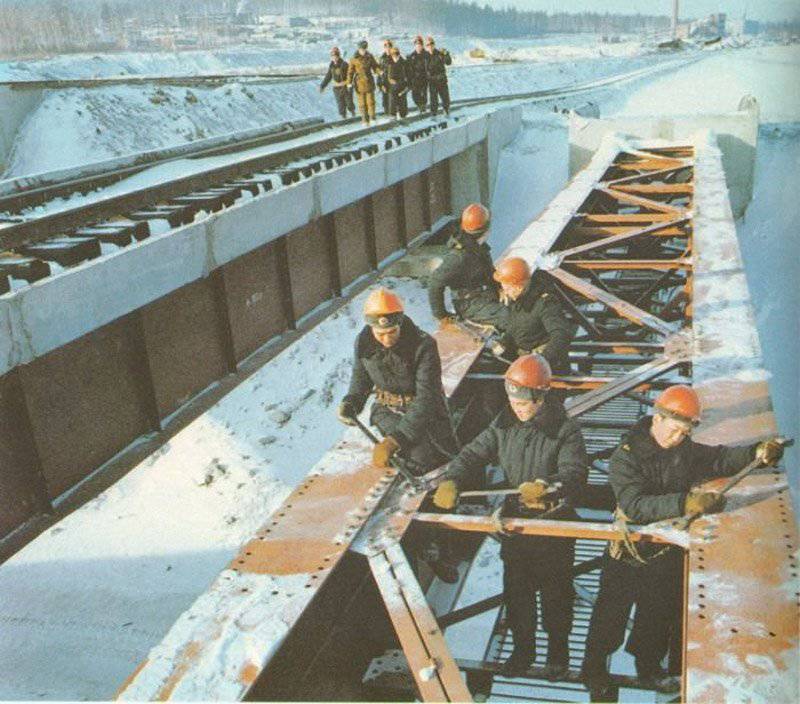
2. Stroybatovtsy on BAM.
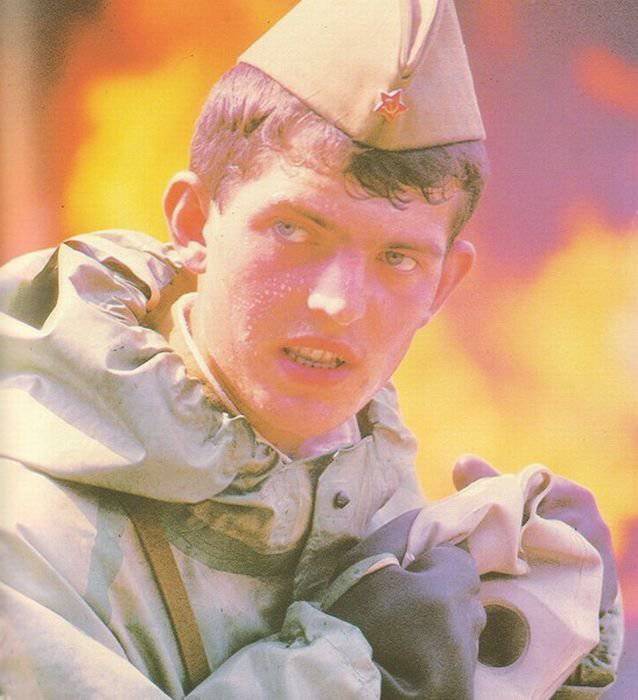
3.
The USSR Armed Forces are divided into types: the Strategic Missile Forces, the Ground Forces, the Air Defense Forces, the Air Force, the Navy, and also include the rear of the Armed Forces, headquarters and the Civil Defense Forces. The types of the Armed Forces, in turn, are divided into branches of the armed forces, branches of forces (Navy) and special forces, which in organizational terms consist of subunits, units, formations. Border and internal troops are also part of the Armed Forces. The USSR Armed Forces have a unified system of organization and recruitment, centralized management, uniform principles of training and educating personnel and training commanding personnel, and a general procedure for serving as a private, sergeant and officer corps.
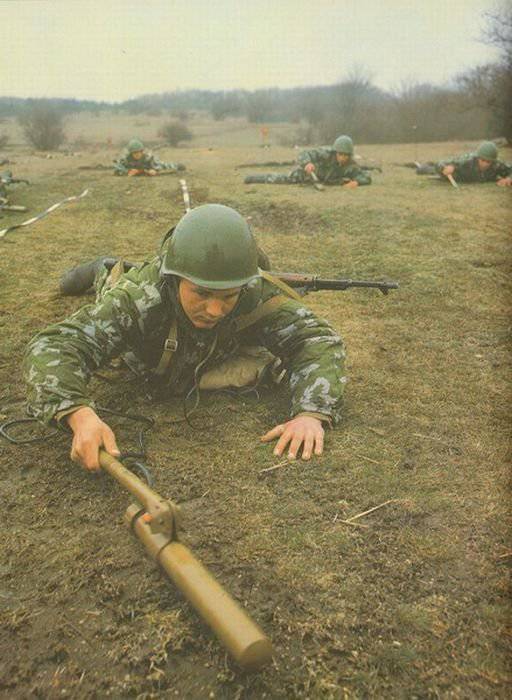
4. Sappers in action.
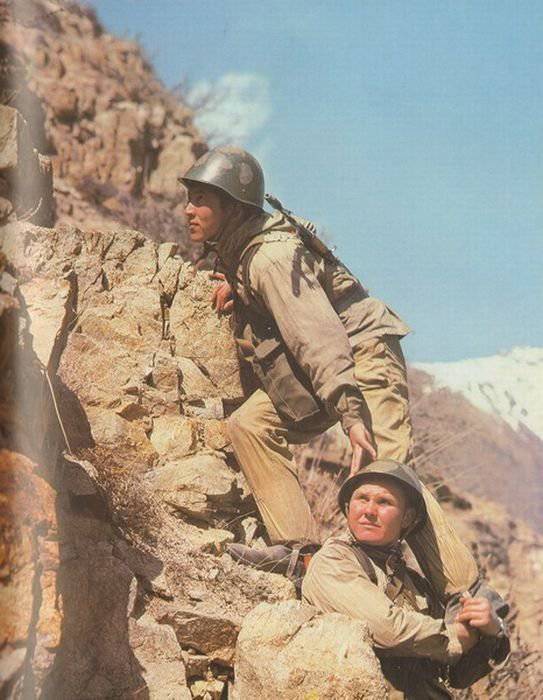
5.
The USSR Armed Forces are divided into types: the Strategic Missile Forces, the Ground Forces, the Air Defense Forces, the Air Force, the Navy, and also include the rear of the Armed Forces, headquarters and the Civil Defense Forces. The types of the Armed Forces, in turn, are divided into branches of the armed forces, branches of forces (Navy) and special forces, which in organizational terms consist of subunits, units, formations. Border and internal troops are also part of the Armed Forces. The USSR Armed Forces have a unified system of organization and recruitment, centralized management, uniform principles of training and educating personnel and training commanding personnel, and a general procedure for serving as a private, sergeant and officer corps.

6.
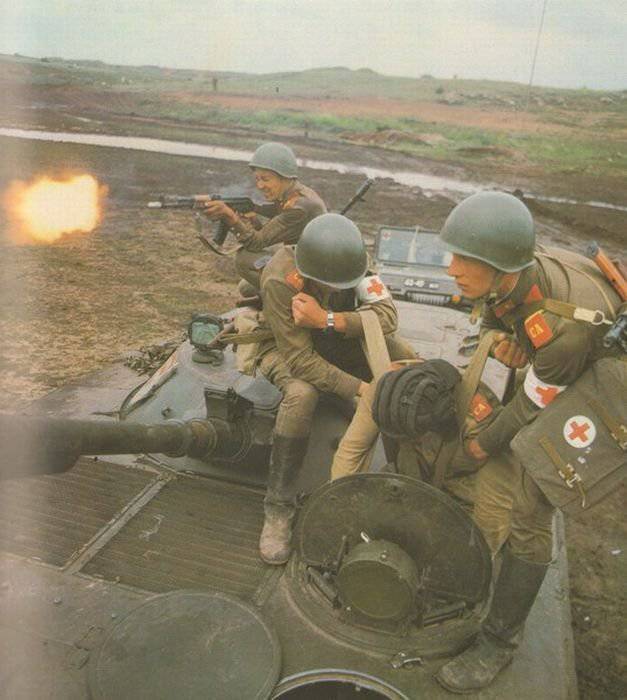
7. Fire during the exercise.
The direct leadership of the Armed Forces is carried out by the USSR Ministry of Defense. All forms of the Armed Forces, Rear Armed Forces, headquarters and civil defense troops are subordinate to him. Each type of Armed Forces is headed by a corresponding commander-in-chief, who is deputy. Minister of Defense. Border and internal troops are led respectively by the State Security Committee at the USSR Council of Ministers and the USSR Ministry of Internal Affairs. The Ministry of Defense includes the General Headquarters of the Armed Forces of the USSR, the offices of the commanders-in-chief of the branches of the Armed Forces, the Logistics Directorate of the Armed Forces, the main and central administrations (the Main Personnel Directorate, the Central Financial Directorate, the Administrative Department, etc.), as well as defense. The Ministry of Defense, among other tasks, is charged with: developing plans for the construction and development of the Armed Forces in peacetime and wartime, improving the organization of troops, weapons, military equipment, providing the Armed Forces with weapons and all types of material supplies, directing operational, combat training of troops and a number of other functions determined by the requirements of state protection. The leadership of party political work in the Armed Forces of the Central Committee of the CPSU is carried out through the Main Political Directorate of the Soviet Army and the Naval Fleetworking as a department of the Central Committee of the CPSU. It directs political bodies, army and navy party and Komsomol organizations, provides party influence on all aspects of the life of troops, directs the activities of political agencies, party organizations to increase the combat readiness of troops, strengthen military discipline and the political and moral state of personnel.
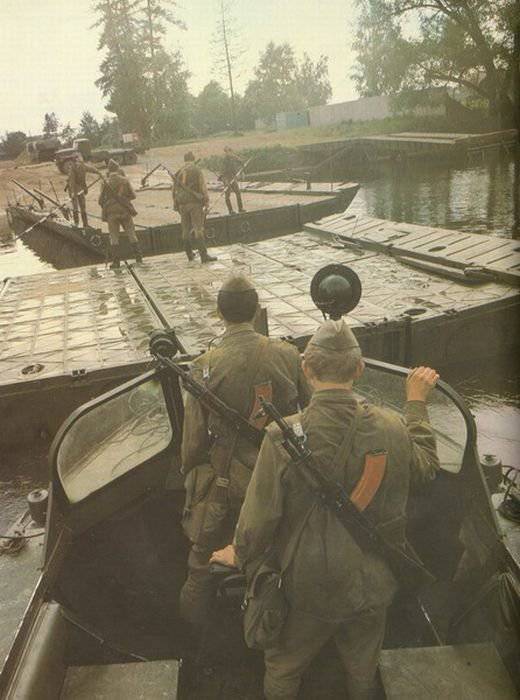
8. Crossing on the pontoon.
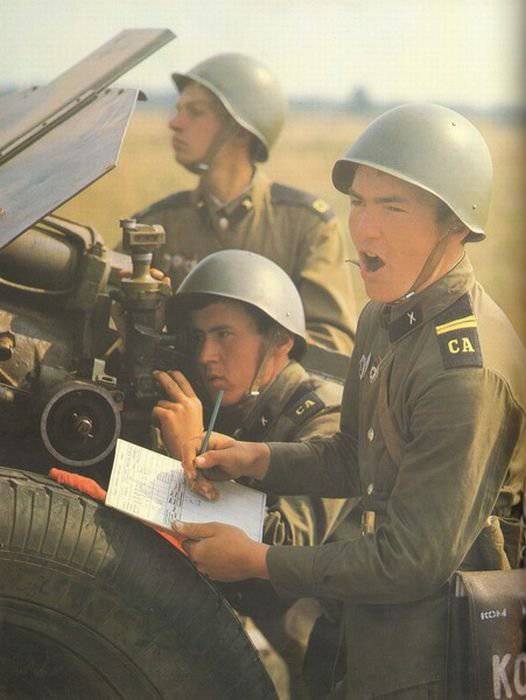
9. Artillery crew during exercise.
Material and technical support of the Armed Forces is carried out by the directorates and services of the Rear, subordinated to the Deputy Minister of Defense - the Chief of the Rear of the Armed Forces.
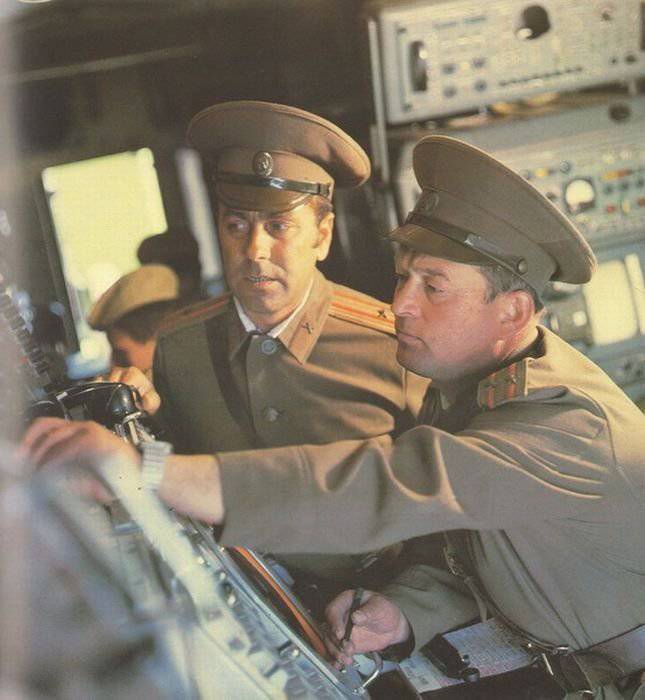
10.
The territory of the USSR is divided into military districts. A military district may cover territories of several territories, republics or regions. In order to fulfill allied commitments to jointly ensure the security of the socialist states, groups of Soviet troops are temporarily located in the territories of the GDR, PNR, Hungary and Czechoslovakia. Military councils have been created in the Armed Forces, military districts, groups of troops, air defense districts, fleets, which have the right to consider and solve all the important issues of the life and activities of troops of the respective type of Armed Forces, districts. They are fully responsible to the Central Committee of the CPSU, the government and the Minister of Defense of the USSR for executing the decisions of the party and the government in the Armed Forces, as well as orders of the Minister of Defense.
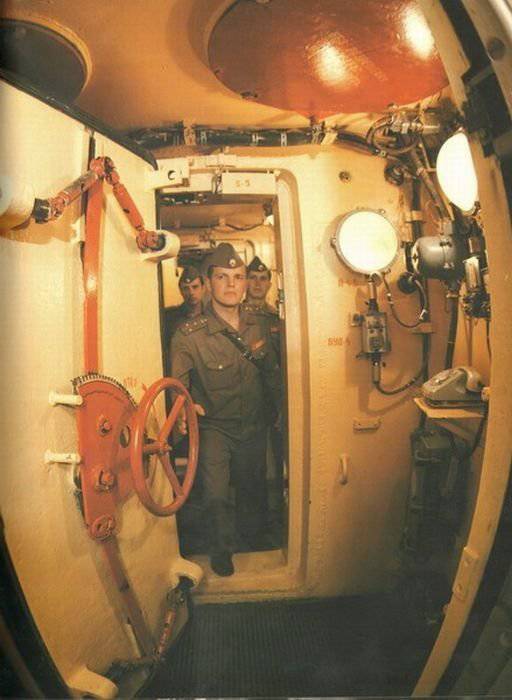
11.
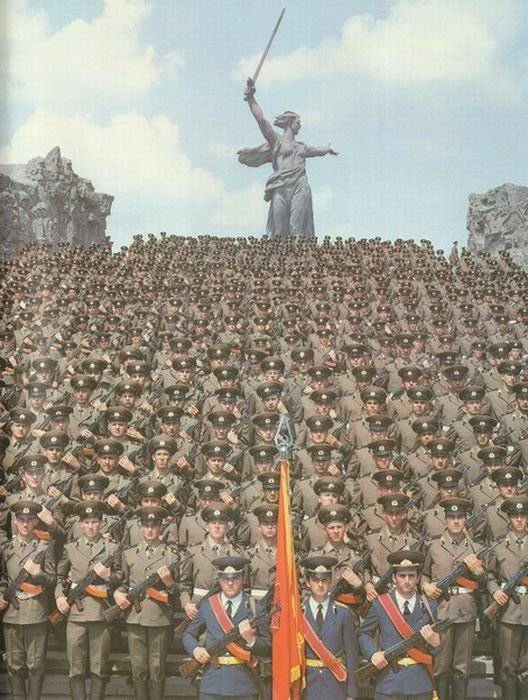
12. Against the background of the Motherland monument in the hero-city of Volgograd.
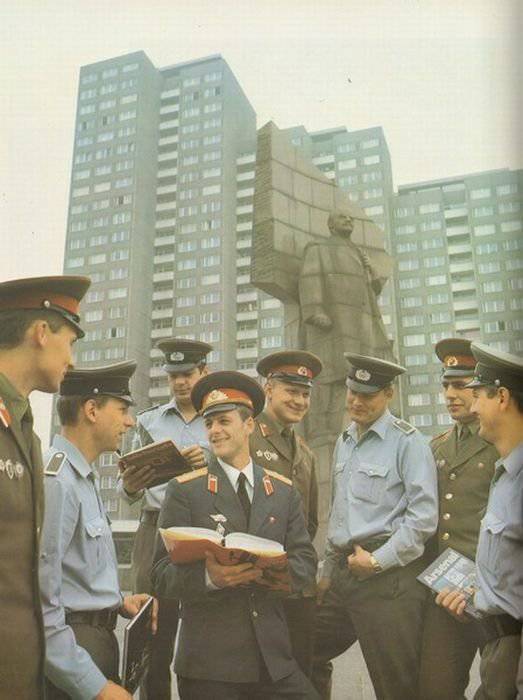
13.
Recruitment of the Armed Forces with private, sergeant and petty officers is carried out by calling Soviet citizens for full military service, which, according to the Constitution of the USSR and the Law on Universal Military Duty 1967, constitutes the honorable duty of the citizens of the USSR (see “Military Obligation in the USSR”). The call is made by order of the Minister of Defense everywhere 2 once a year: in May-June and in November-December. Male citizens who have reached the age of 18 years for the term of service from 1,5 to 3 years are called up for active military service, depending on their education and type of Armed Forces. An additional source of recruitment is the admission of military personnel and persons in the reserve, on a voluntary basis, to the posts of ensigns and warrant officers, as well as for long service. Officers are recruited on a voluntary basis. Officers are trained in higher and secondary military schools of the respective branches of the Armed Forces and the armed forces; political officers - in the highest military-political schools. There are Suvorov and Nakhimov schools to prepare young men for admission to higher military educational institutions. Officers are upgraded at higher courses for officers, as well as in the system of military and political training. The leading command, political, engineering, and other officers are trained in military, air force, naval, and special academies.
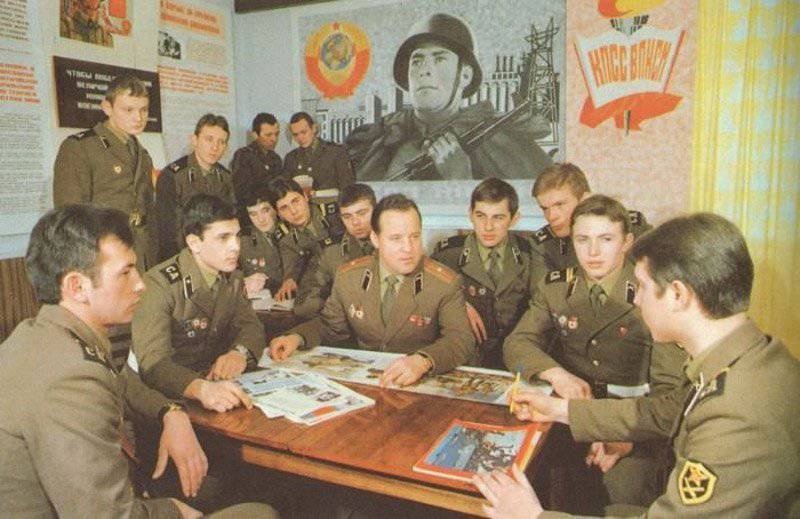
14. Communication with the commander.
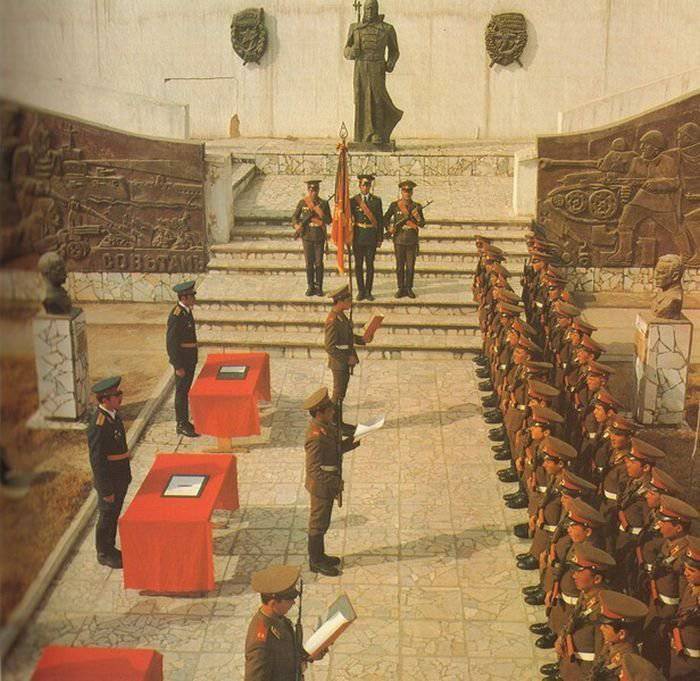
15. The solemn ceremony of taking the oath.
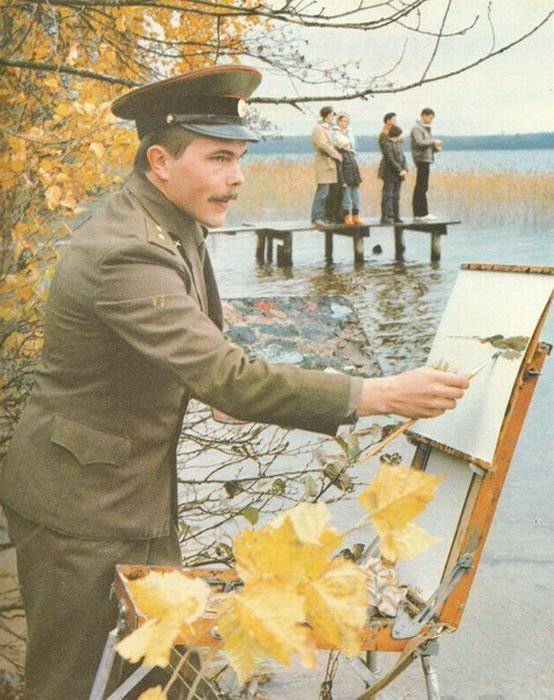
16.
History The Soviet Army and Navy began along with the formation of the world's first socialist state. After the victory of the October Revolution 1917, the Soviet people had not only to build a new society, but also to defend it with arms in hand against internal counterrevolution and repeated attacks of international imperialism. The USSR Armed Forces were directly created by the Communist Party. VI Lenin, on the basis of the provisions of the Marxist-Leninist doctrine of war and the army. By the Decree of 2 of the All-Russian Congress of Soviets of October 26 (November 8) 1917, when forming the Soviet Government, the Committee on Military and Naval Affairs was established, consisting of V. A. Antonov-Ovseenko, N. V. Krylenko, P. E. Dybenko; from October 27 (November 9) 1917 was called the Council of People's Commissars for Military and Naval Affairs, from December 1917 - College of Military Commissioners, from February 1918 - People's Commissariat's 2: for Military and Naval Affairs. The main armed forces in the overthrow of the rule of the bourgeoisie and the landowners and the conquest of the power of the working people were the Red Guard and the revolutionary sailors of the Baltic Fleet, soldiers of Petrograd and other garrisons. Relying on the working class and the peasant poor, they played a crucial role in the victory of the October revolution of 1917, in defending the young Soviet republic in the center and in the field, in defeating the end of 1917 - the beginning of 1918 counterrevolutionary Kerensky-Krasnov revolts near Petrograd, Kaledin on Don, Dutov in the southern Urals, in ensuring the triumphal march of Soviet power throughout Russia.
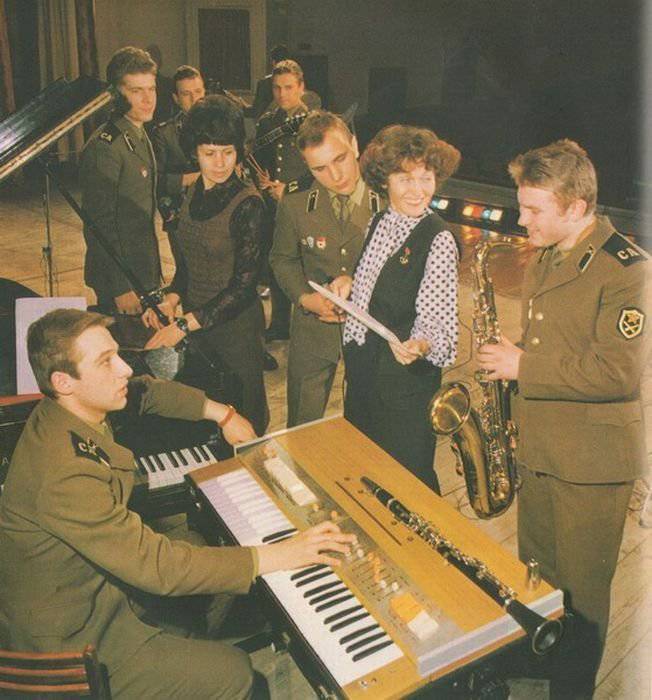
17. Army amateur.
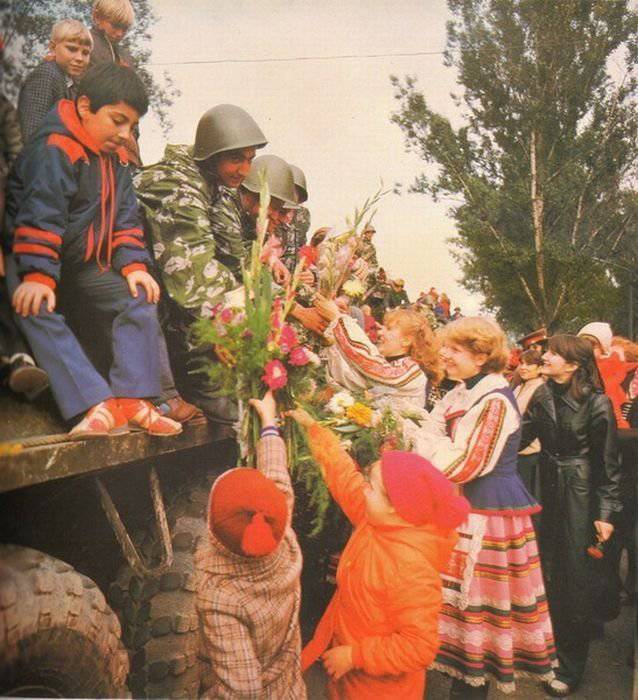
18.
“... The Red Guard did the noblest and greatest historical work of liberating the working and exploited from the oppression of the exploiters” (V.I. Lenin, Pol. Collected. Cit., 5 ed., Vol. 36, p. 177).
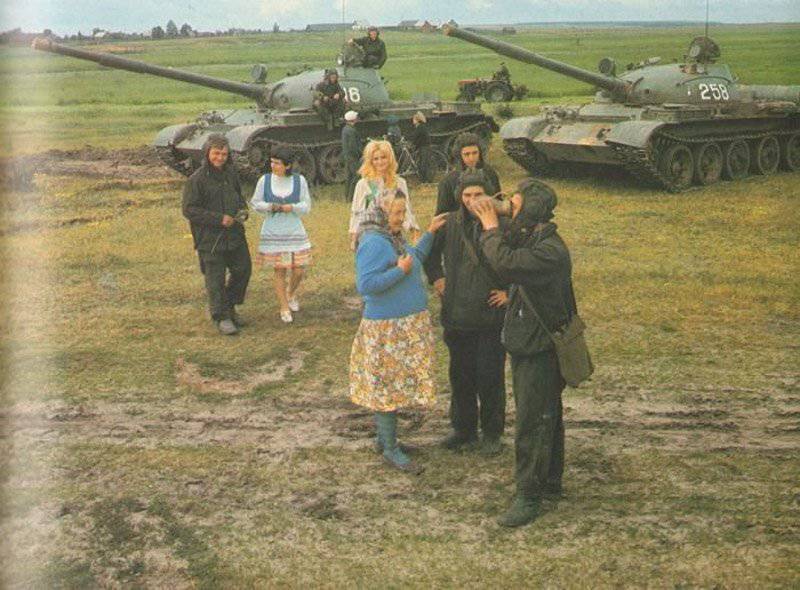
19.
At the beginning of 1918, it became obvious that the forces of the Red Guard, as well as detachments of revolutionary soldiers and sailors, were not enough to provide reliable protection for the Soviet state. In an effort to strangle the revolution, the imperialist states, primarily Germany, undertook an intervention against the young Soviet Republic, which merged with the internal counterrevolutionary action: the White Guard rebellions and the plots of the Social Revolutionaries, the Mensheviks, the remnants of various bourgeois parties. We needed regular armed forces capable of protecting the Soviet state from numerous enemies.
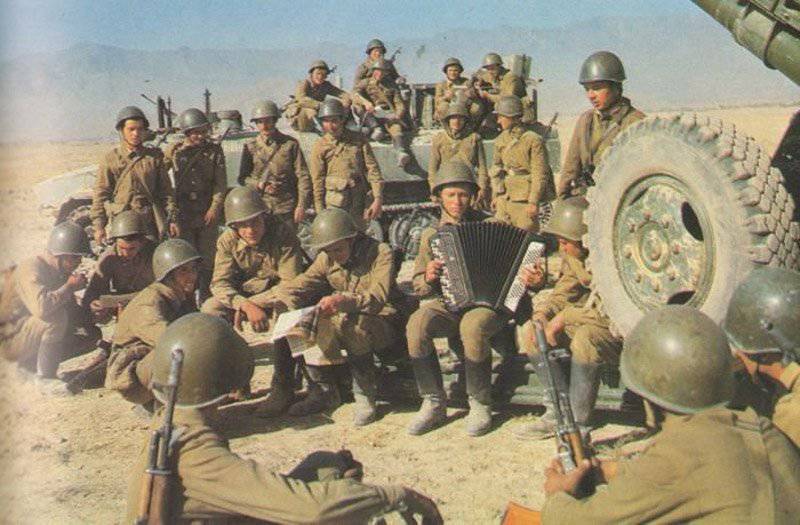
20.
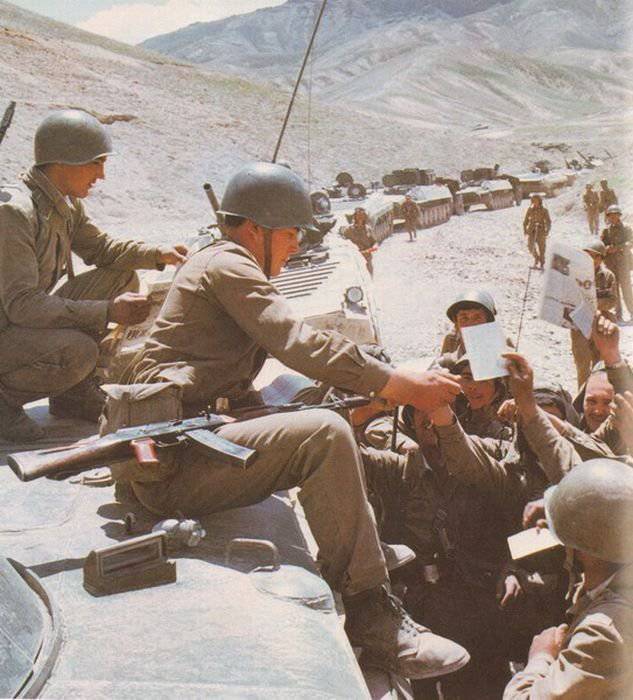
21.
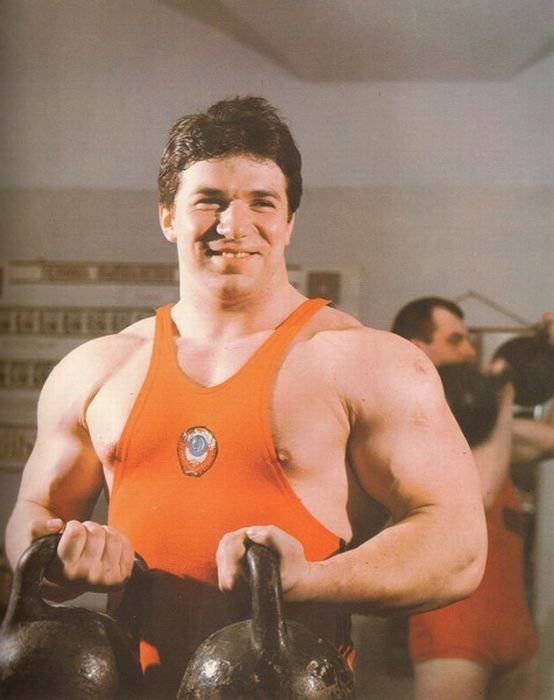
22.
15 (28) January 1918 Sovnarkom adopted a decree on the establishment of the Workers' and Peasants Red Army (RKKA), and 29 in January (11 February) - a decree on the creation of the Workers' and Peasants' Red Fleet (RKKF) on a voluntary basis. The direct leadership of the formation of the Red Army was carried out by the All-Russian Collegium established by SNK 15 (28) in January 1918 under the People's Commissariat for Military Affairs. In connection with the violation by Germany of the truce and the transition of its troops to the offensive, the Soviet government 22 February appealed to the people with Lenin's decree “Socialist fatherland in danger!”. This decree was the beginning of the mass recording of volunteers in the Red Army and the formation of many of its parts. To commemorate the general mobilization of the revolutionary forces to defend the socialist Fatherland, as well as the courageous resistance of the Red Army units to the 23 invaders, February is annually celebrated in the USSR as a national holiday - the Day of the Soviet Army and Navy.
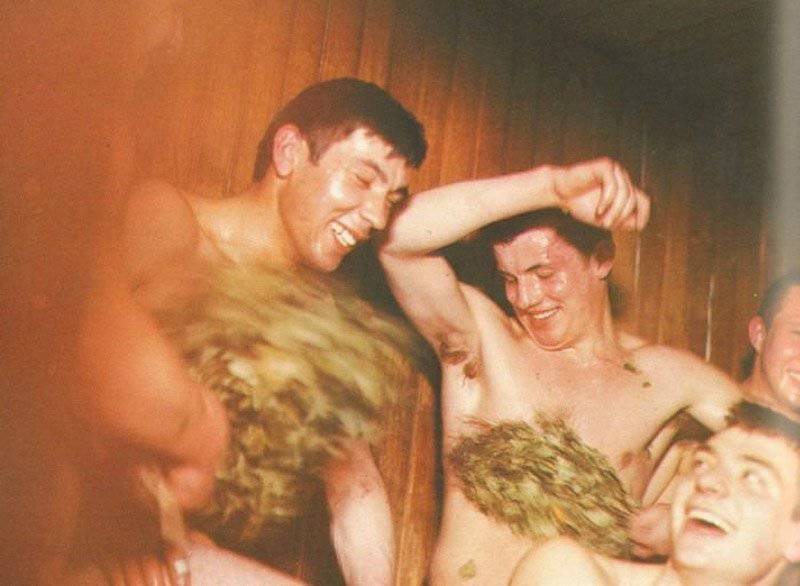
23. In the army bath.
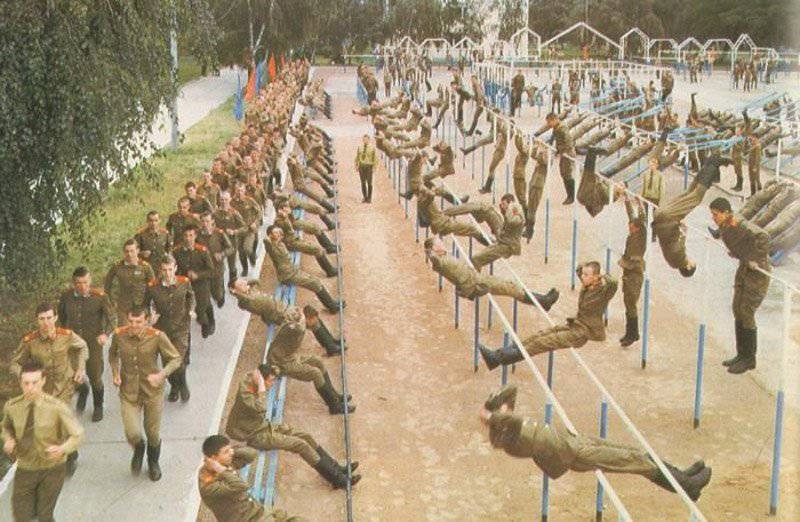
24. Physical training.
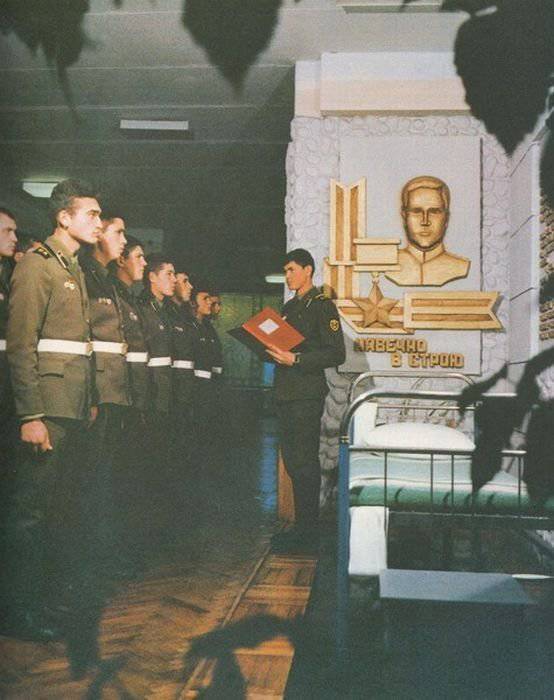
25.
During the years of the Civil War 1918 — 20, the construction of the Red Army and the RKKF was carried out under exceptionally difficult conditions. The economy of the country was undermined, the railway transport was disorganized, the army was supplied with food irregularly, and there was a shortage of weapons and uniforms. The army did not have the necessary number of command personnel; means some of the officers of the old army were on the side of the counter-revolution. The peasantry, from which mainly ordinary and junior commanders were staffed, the 1 — 1914 — ravaged by 18 World War I, was not inclined to voluntarily join the army. All these difficulties were aggravated by the sabotage of the old bureaucratic apparatus, the bourgeois intelligentsia and the kulaks.
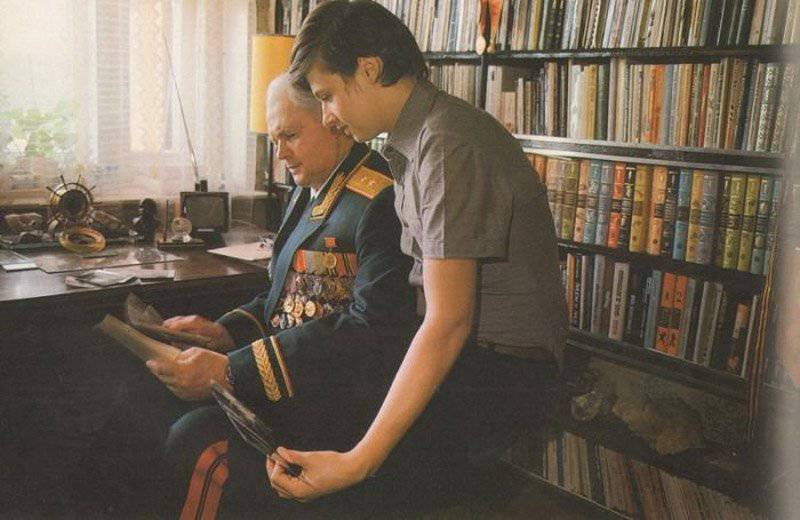
26. Veteran and conscript.
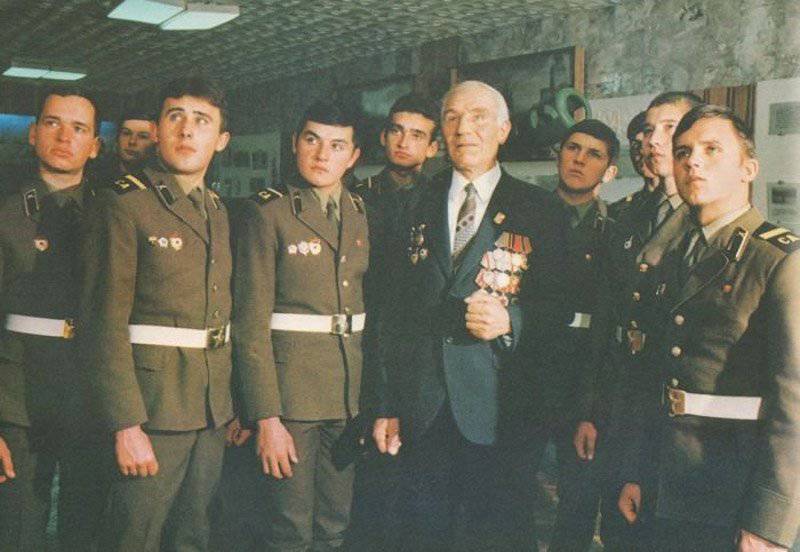
27.
From January to May, the 1918 of the Red Army and the RKKF were recruited by volunteers, the command staff (before the regiment commander) was chosen; the number of volunteer units was extremely inadequate. By 20 April, the 1918 Red Army numbered only 196 thousand. Manning the army with volunteers and the election of commanders could not ensure the creation of a mass regular army, which was necessary in the international situation and in the context of the expansion of the scale of the Civil War. 4 March 1918 was formed by the Supreme Military Council to lead the war and organize the army. On April 8 SNK adopted a decree on the establishment of volost, district, provincial and district military commissariats on military affairs. On May 8, instead of the All-Russian Collegium for the Formation of the Red Army, the All-Russian Main Headquarters (Vershlavshtab) was created - the highest executive body responsible for mobilization, formation, organization and training . By decree of the All-Russian Central Executive Committee 22, April, universal military training of workers was introduced (Vseobuch), the commanding officers began to designate the bodies of the military department. Due to the lack of qualified command personnel, former officers and generals were recruited into the army and navy; The institute of military commissioners was formed.
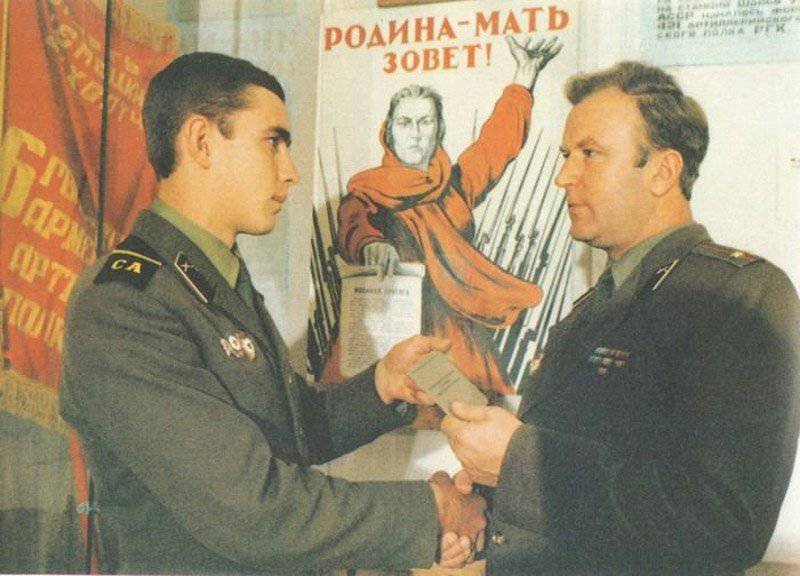
28. Military ID.
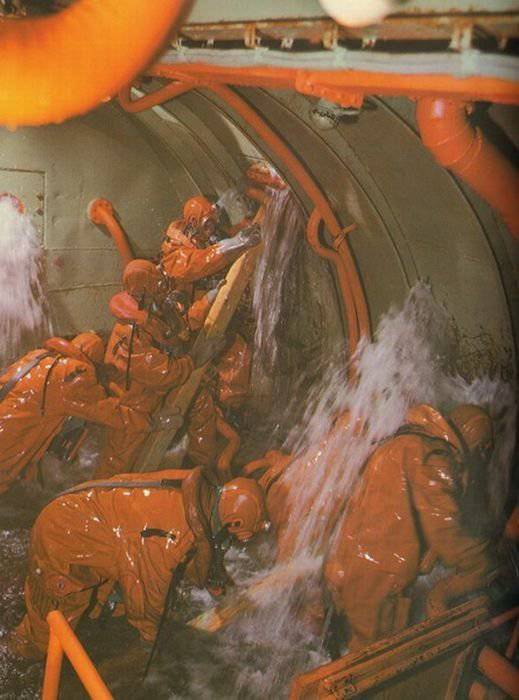
29.
10 July 1918 The 5 th All-Russian Congress of Soviets adopted a decree “On the organization of the Red Army” on the basis of universal military service of workers from 18 to 40 years. The transition to compulsory military service allowed a sharp increase in the number of the Red Army. By early September, 1918 in its ranks, there were already 550 thousand. 6 September 1918 simultaneously with the declaration of martial law in the country, instead of the Supreme Military Council, the Revolutionary Military Council of the Republic (RVSR) was created, whose functions included operational and organizational command and control of troops. In September 1918 RVSR was transferred to the functions and personnel of the People's Commissariat for Military Affairs, and in December 1918 - the People's Commissariat for Maritime Affairs (joined the RVSR as the Maritime Division). The RVSR led the acting army through its member - the commander-in-chief of all the armed forces of the Republic (commander in chief: from September 1918 - I.I. Vatsetis, from July 1919 - S. S. Kamenev). 6 September 1918 was established by the Field Command of the Revolutionary Military Council of the Republic (10 February 1921 merged with Wernoglavshtab in the Red Army Headquarters), subordinate to the commander-in-chief and engaged in the training of troops and the leadership of military operations.
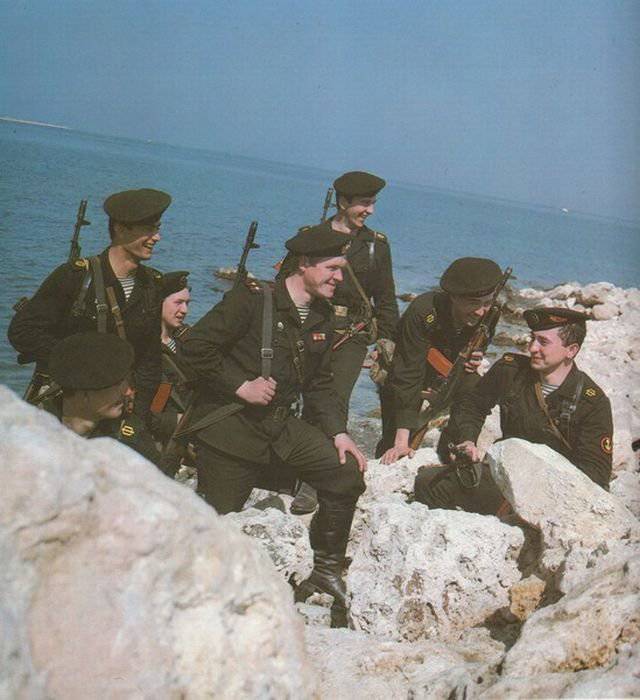
30.
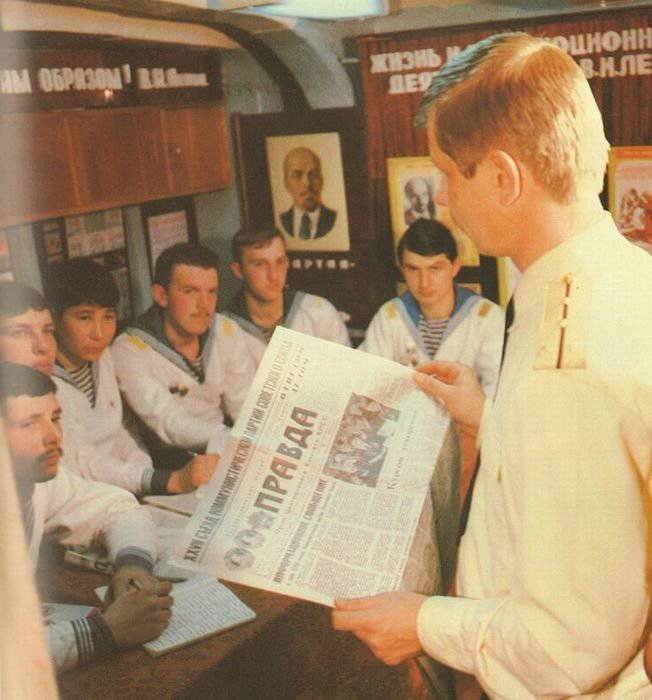
31. Political information
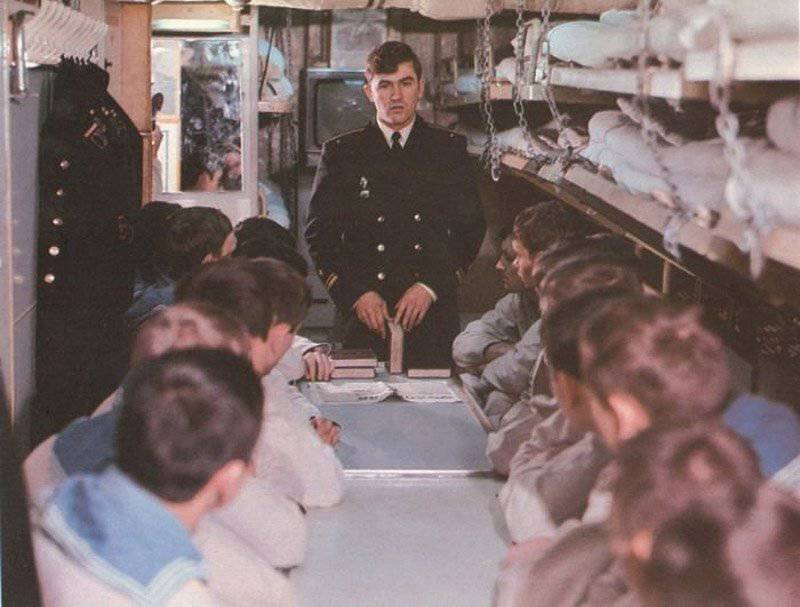
32.
Party and political work in the army and navy was carried out by the Central Committee of the RCP (B.) Through the All-Russian Bureau of Military Commissars (created by 8 on April 1918), which was replaced by the Department of Political Revolutionaries, renamed 18 in May 1919 to Political Administration by the decision of the 8 Party Congress. (PUR) under the RVSR, at the same time being a department of the Central Committee of the RCP (o). In the military, party political work was carried out by political departments and party organizations (cells).
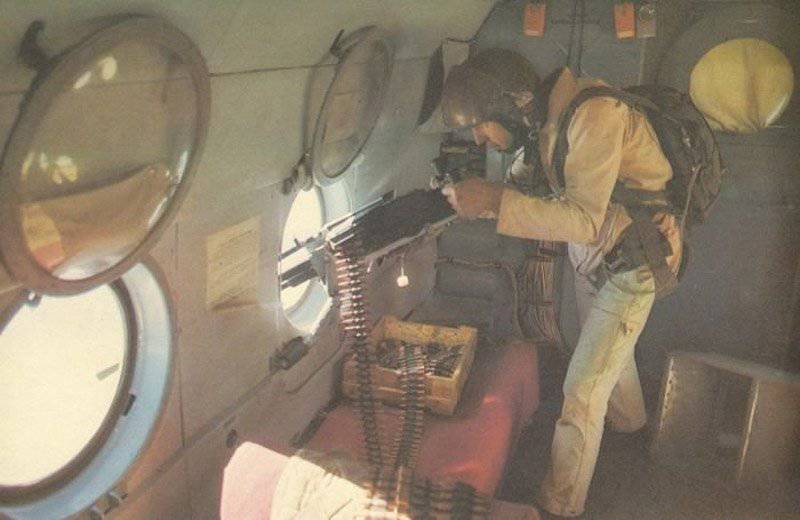
33.
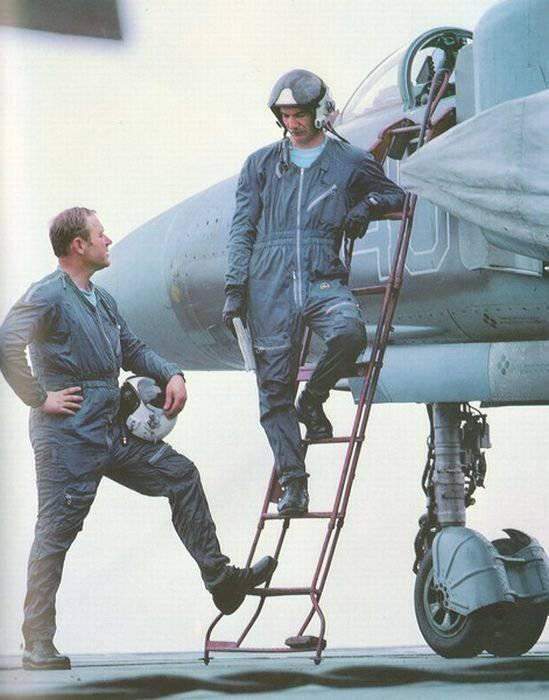
34.
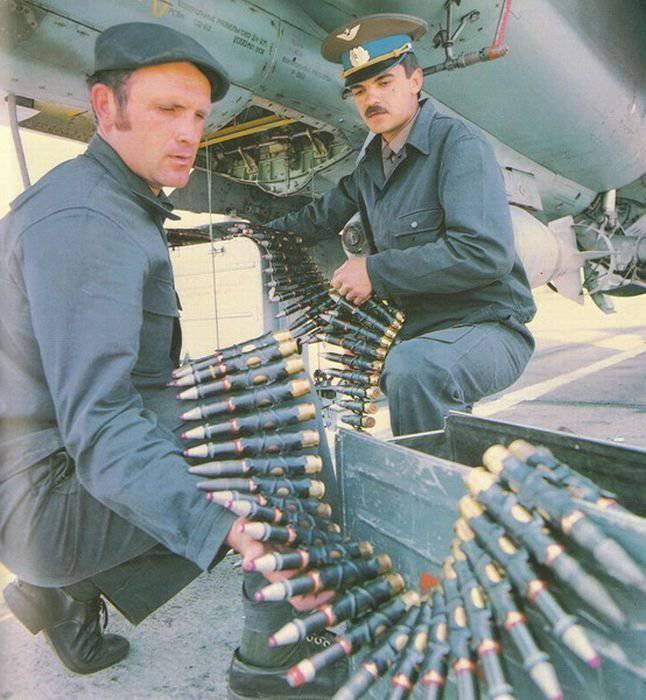
35.
In 1919, on the basis of the decisions of the 8 Party Congress, the transition to a regular mass army ended, with a strong proletarian, politically conscious personnel cadre of personnel, a single recruitment system, a stable organization of troops, centralized control and an effective party political apparatus. The construction of the USSR Armed Forces took place in the bitter struggle against the “military opposition”, which opposed the creation of a regular army, defended the remnants of guerrilla warfare and warfare, underestimated the role of old military specialists.
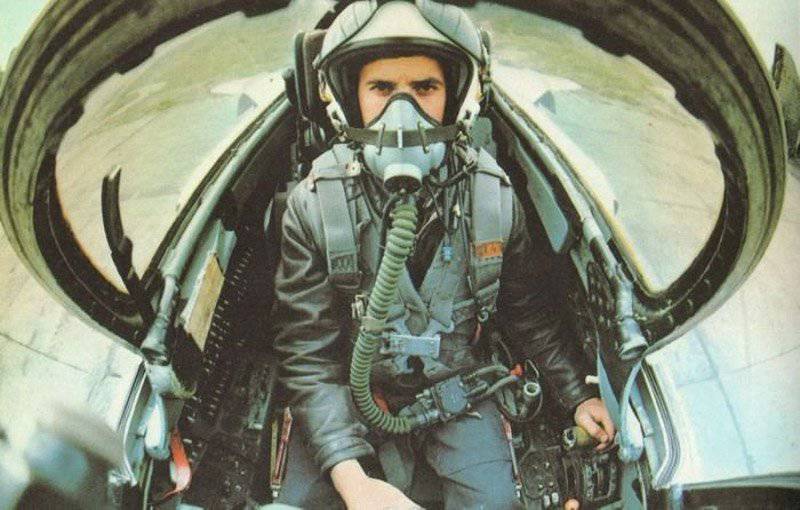
36.
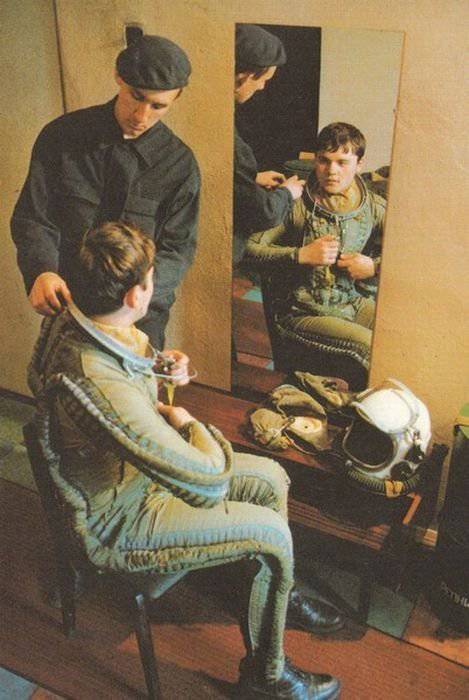
37.
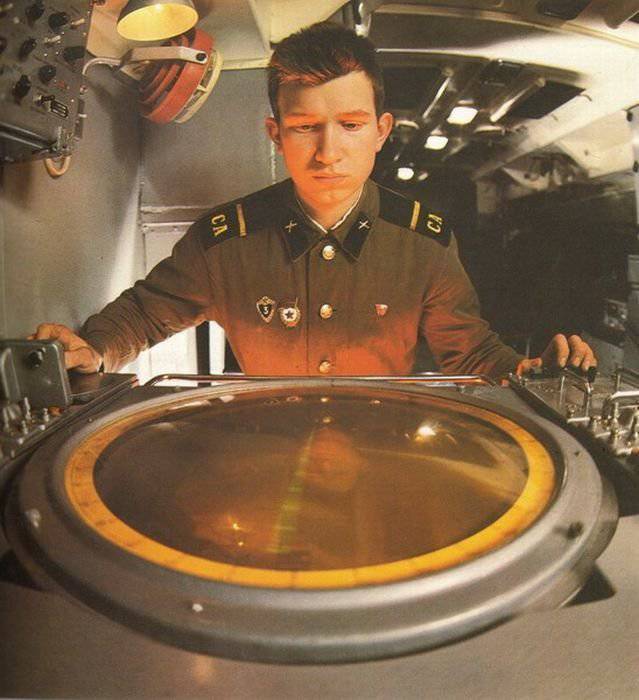
38.
By the end of 1919, the number of the Red Army reached 3 million. By the fall of 1920 - 5,5 million. The proportion of workers was 15%, peasants - 77%, others - 8%. In total, 1918 rifle and 20 cavalry divisions, 88 squadrons (29 — 67 aircraft), as well as a number of artillery and armor units and subunits were formed for 300 — 400. There were 2 spare (reserve) armies (the Republic and the South-Eastern Front) and units of Vseobuch, in which about 800 thousands of people were trained. During the years of the Civil War, 6 military academies and more than 150 courses and schools (October 1920) prepared thousands of commanders from workers and peasants 40. On 1 in August, 1920 in the Red Army and Navy consisted of about 300 thousand communists (about 1 / 2 of the entire composition of the party), who were the cementing core of the army and navy. Around 50, thousands of them died a brave death during the Civil War.
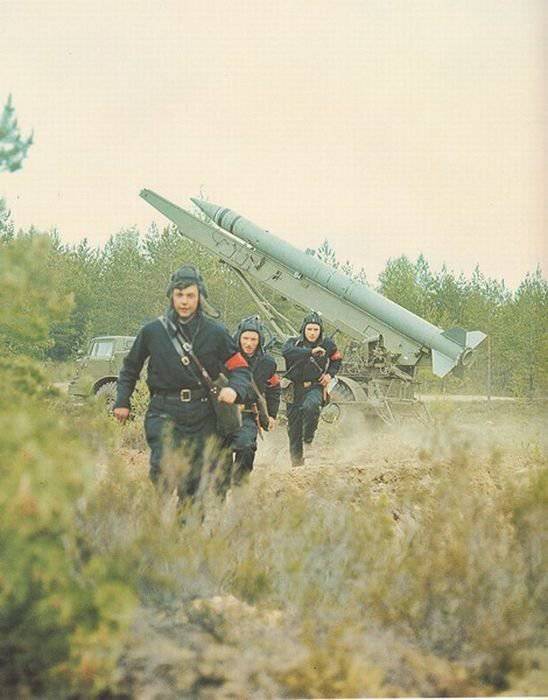
39.
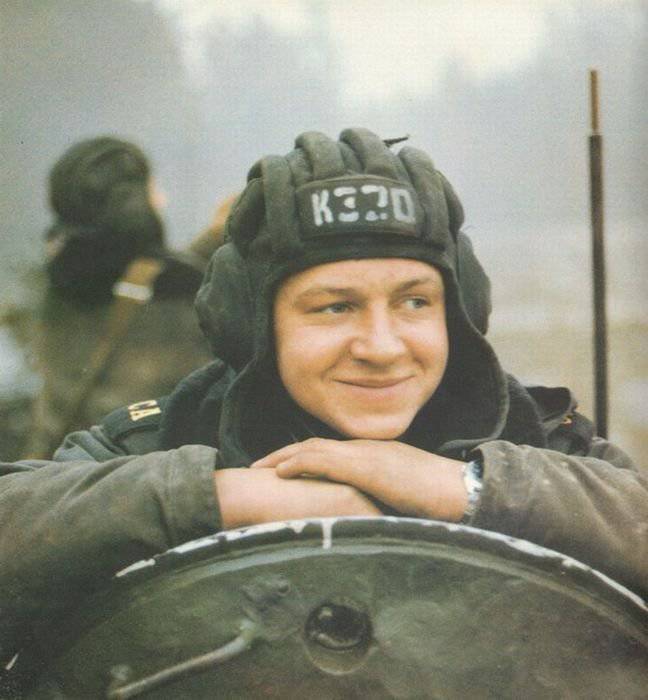
40.
In the summer and autumn of 1918, the operating forces began to be reduced in the army and the front led by the revolutionary military councils (RVS) of the 2 — 4 members. By the fall of 1919, there were 7 fronts, each of the 2 — 5 armies. There were a total of 16 — 18 combined-arms armies, one Mounted Army (1) and several separate cavalry corps. The 1920 Cavalry Army was formed in 2.
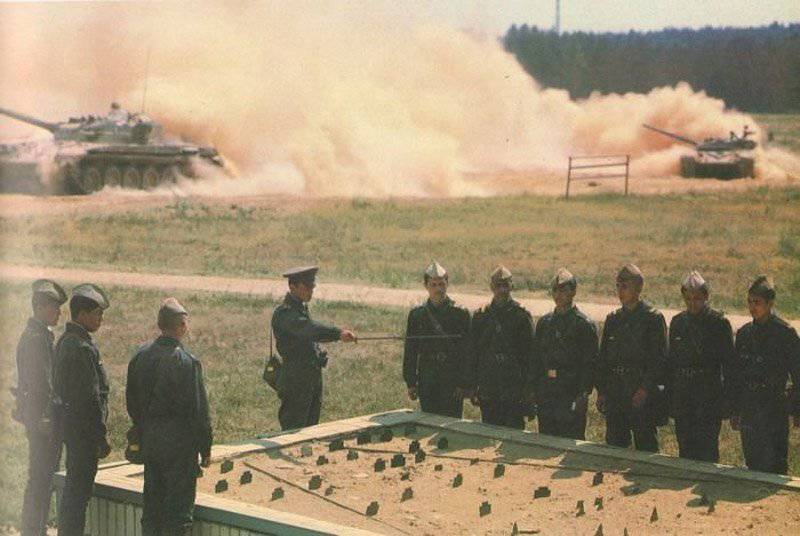
41.
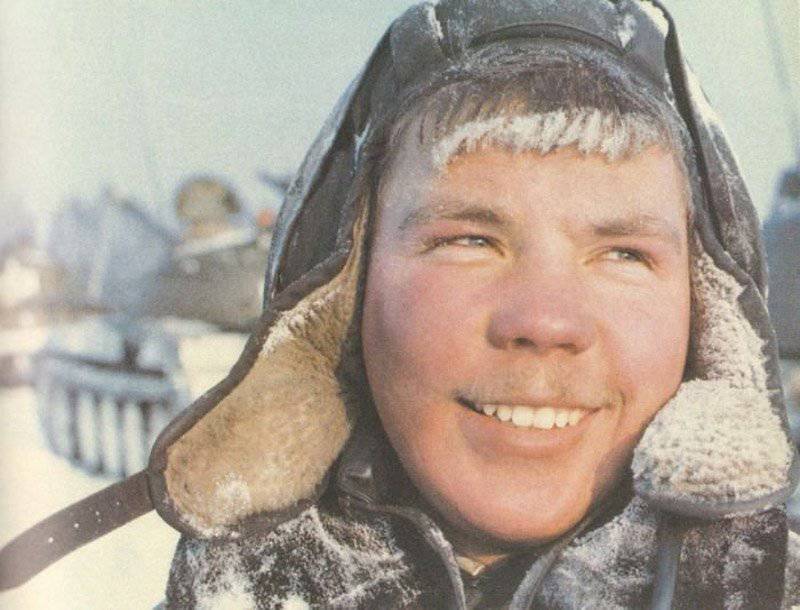
42.
In the course of the struggle with the interventionists and the White Guards, the armaments of the old army were mainly used. At the same time, the party’s extraordinary measures to establish military industry and the unprecedented heroism of the working class made it possible to switch to an organized supply of arms, ammunition and Soviet-made uniforms to the Red Army. The average monthly production of rifles in 1920 amounted to more than 56 thousand units, cartridges - 58 million units. In 1919 aviation enterprises built 258 and repaired 50 aircraft.
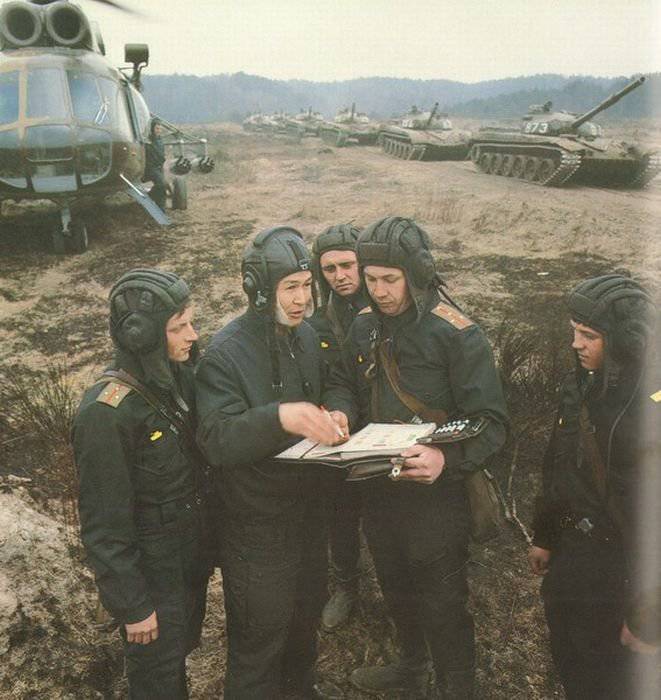
43.
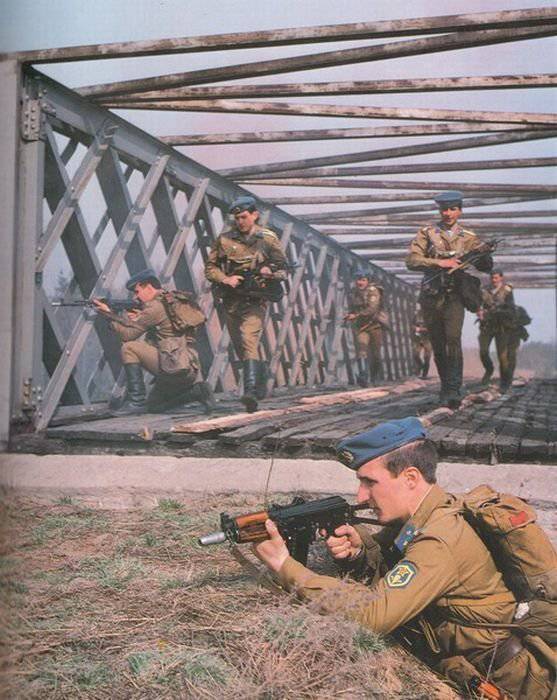
44.
Together with the creation of the Red Army, Soviet military science was born and developed, based on the Marxist-Leninist doctrine of war and the army, the practice of the revolutionary struggle of the masses, the achievements of the military theory of the past, creatively reworked in relation to the new conditions. The first statutes of the Red Army were published: in 1918 - the Charter of the internal service, the Charter of the garrison service, the Field Manual, in 1919 - the Disciplinary Charter. A great contribution to the Soviet military science was Lenin's statements on the nature and nature of war, the role of the masses, the social system, the economy in achieving victory. Already at that time, the characteristic features of Soviet military art were clearly manifested: revolutionary creative activity; intransigence to the pattern; the ability to determine the direction of the main strike; reasonable combination of offensive and defensive actions; pursuit of the enemy until its complete destruction, etc.
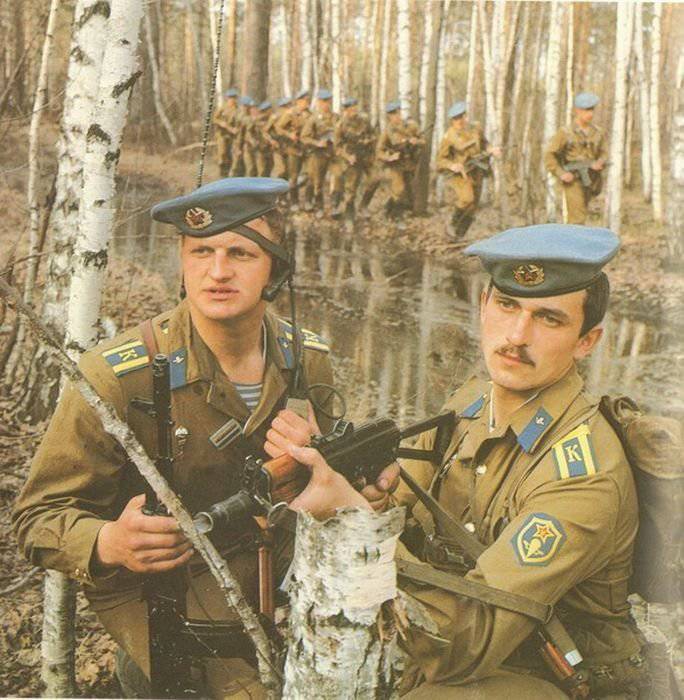
45.
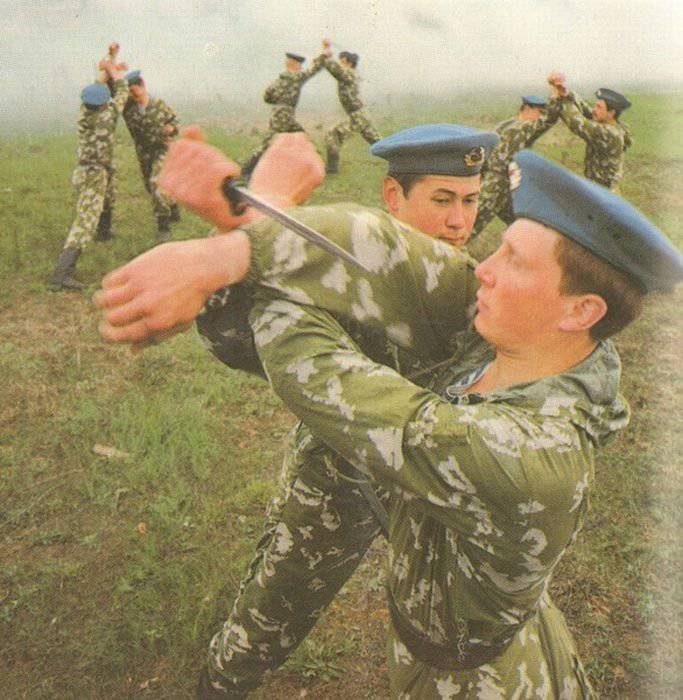
46.
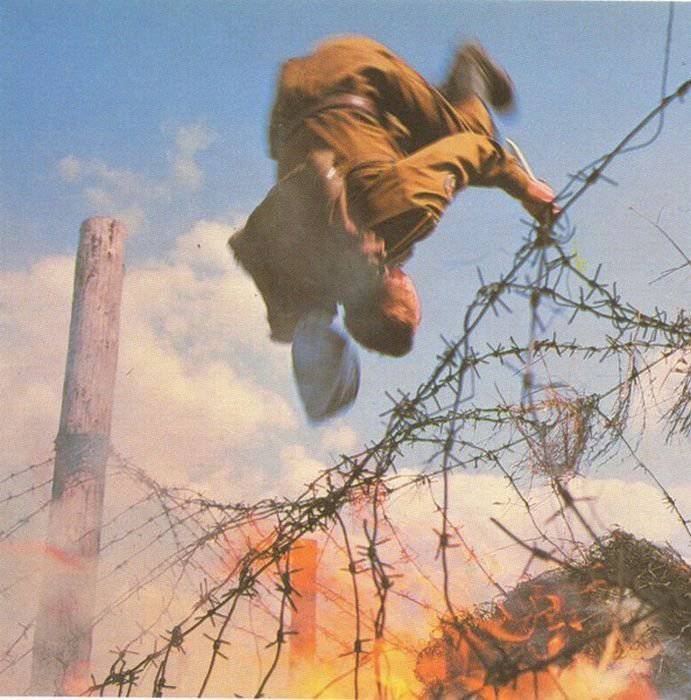
47.
After the victorious end of the Civil War and the decisive defeat of the combined forces of the interventionists and White Guards, the Red Army was transferred to a peaceful situation and by the end of 1924 its numbers had decreased by 10 times. Simultaneously with the demobilization, the Armed Forces were strengthened. In 1923, the combined People's Commissariat for Military and Naval Affairs was recreated. As a result of the military reform of 1924 — 25, the central apparatus was reduced and updated, new staffs of units and formations were introduced, the social composition of the command personnel was improved, and new charters, manuals and manuals were developed and implemented. The most important issue of military reform was the transition to a mixed system of recruitment of troops, which allowed us to have a small cadre army in peacetime with minimal expenditure on its maintenance in combination with the territorial-militia formations of internal districts (see Territorial-militia unit). Most of the formations and units of the border districts, technical and special troops, and the Navy remained personnel. Instead of L. D. Trotsky (with 1918 - Commissar of Defense and Chairman of the Republic Military Revolutionary Council), who sought to tear the Red Army and Navy from the party leadership, on January 26 1925, MV Frunze was appointed Chairman of the USSR Revolutionary Military Council and People's Commissar for Military and Maritime Affairs after death whose commissar became KE Voroshilov.
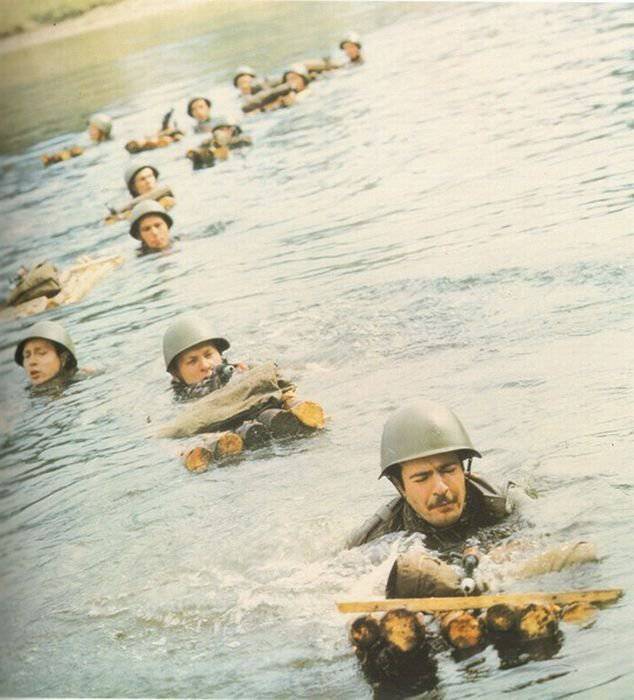
48.
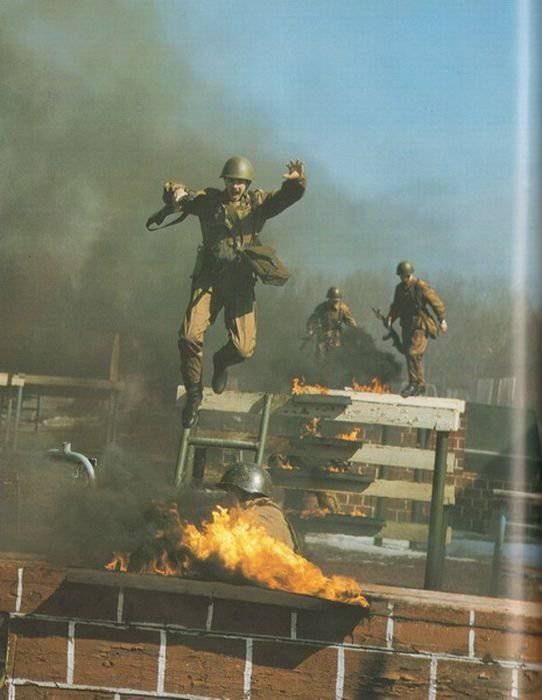
49.
After the victorious end of the Civil War and the decisive defeat of the combined forces of the interventionists and White Guards, the Red Army was transferred to a peaceful situation and by the end of 1924 its numbers had decreased by 10 times. Simultaneously with the demobilization, the Armed Forces were strengthened. In 1923, the combined People's Commissariat for Military and Naval Affairs was recreated. As a result of the military reform of 1924 — 25, the central apparatus was reduced and updated, new staffs of units and formations were introduced, the social composition of the command personnel was improved, and new charters, manuals and manuals were developed and implemented. The most important issue of military reform was the transition to a mixed system of recruitment of troops, which allowed us to have a small cadre army in peacetime with minimal expenditure on its maintenance in combination with the territorial-militia formations of internal districts (see Territorial-militia unit). Most of the formations and units of the border districts, technical and special troops, and the Navy remained personnel. Instead of L. D. Trotsky (with 1918 - Commissar of Defense and Chairman of the Republic Military Revolutionary Council), who sought to tear the Red Army and Navy from the party leadership, on January 26 1925, MV Frunze was appointed Chairman of the USSR Revolutionary Military Council and People's Commissar for Military and Maritime Affairs after death whose commissar became KE Voroshilov.
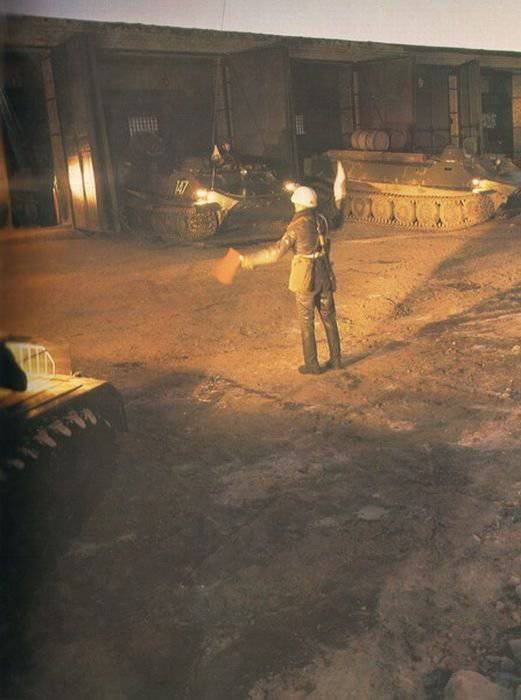
50.
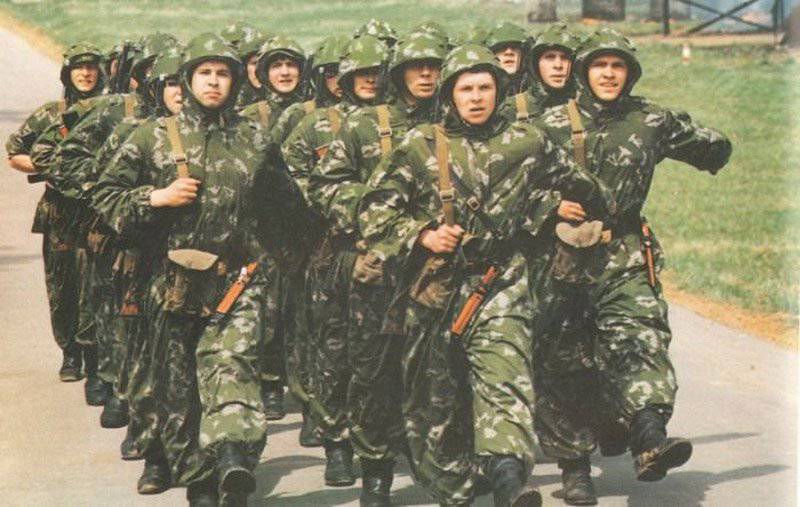
51.
The first all-union law “On Compulsory Military Service”, adopted by 18 in September, by the 1925 CEC and the Council of People's Commissars of the USSR, consolidated the measures taken during the military reform. This law determined the organizational structure of the Armed Forces, which included the Ground Forces (infantry, cavalry, artillery, armor forces, engineering troops, communications troops), the Air and Naval Forces, the troops of the United State Political Directorate (OGPU) and the convoy of the USSR. Their number in 1927 was 586 thousand.
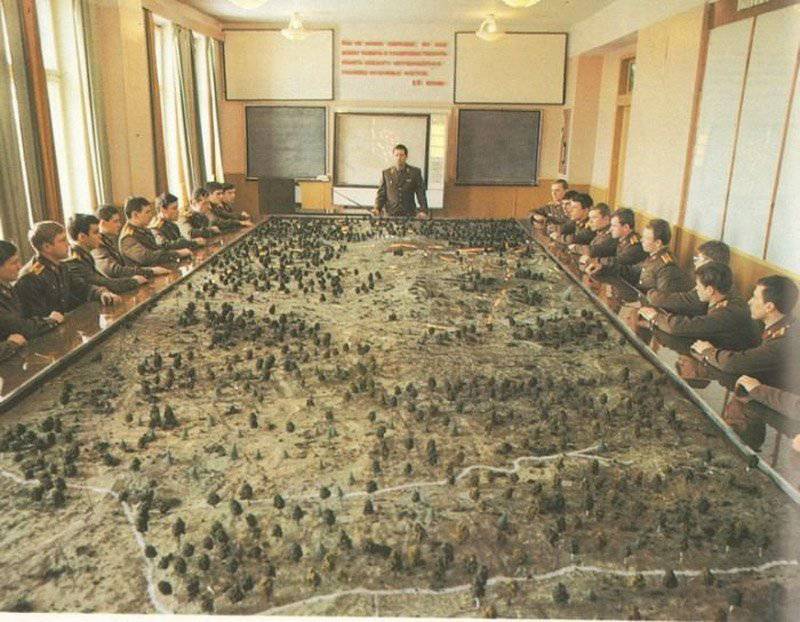
52.
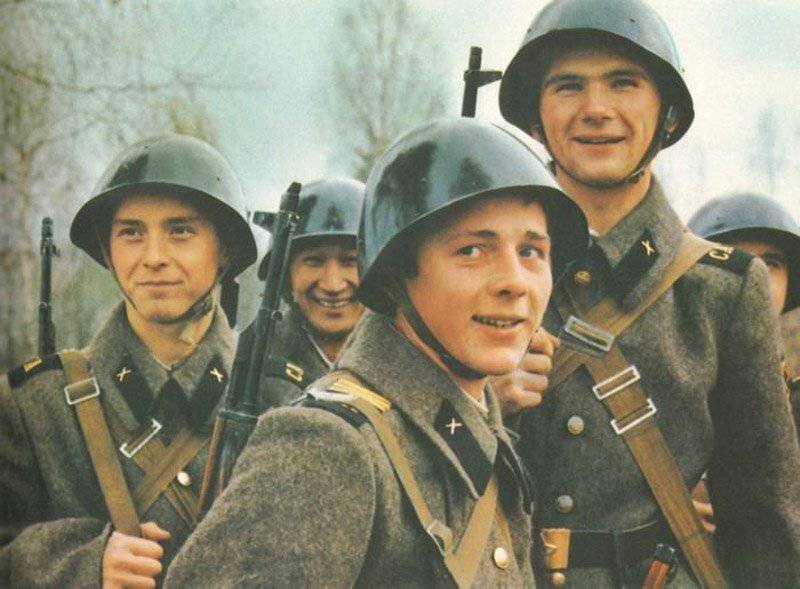
53.
In 30-s. on the basis of the successes achieved in the construction of socialism, further improvement of the Armed Forces took place; their territorial staffing device has ceased to meet the needs of the state’s defense. In 1935 — 38, a transition was made from the territorial-personnel system to a single personnel structure of the Armed Forces. In 1937, in the ranks of the army and navy there were 1,5 million people, in June 1941 - about 5 million people. 20 June 1934 CEC of the USSR abolished the Revolutionary Military Council of the USSR and renamed the People's Commissariat for Military and Naval Affairs to the People's Commissariat of Defense of the USSR. In November, the Military Council of the People's Commissariat of Defense was created by 1934, the military councils in the districts were formed into 1937, and the Red Army Headquarters was converted into General Headquarters in 1935. 1937 has created an all-union People's Commissariat of the Navy; The Red Army political directorate was renamed the Main Political Propaganda Directorate, and the political districts and political divisions of the divisions were renamed the directorates and divisions of political propaganda. 10 May 1937, by a decree of the CEC and SNK of the USSR, introduced the institution of military commissars responsible, together with the commanders for the political and moral condition of the troops, operational and mobilization readiness, the state of weapons and military equipment; 1938 established the main Red military councils; Army and Navy.
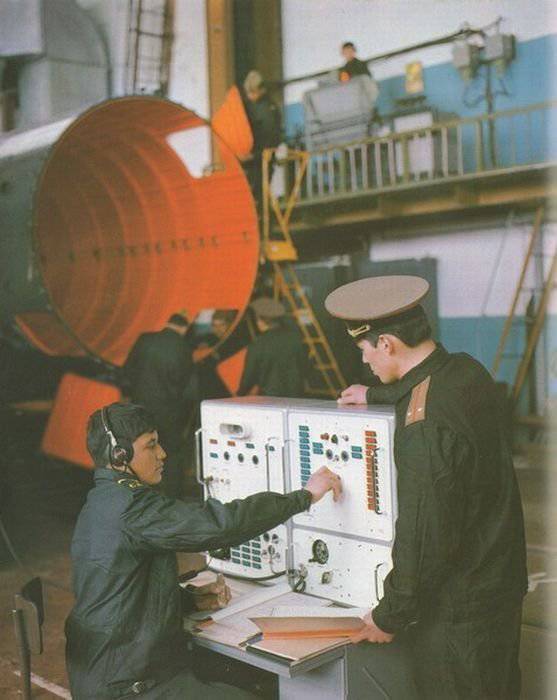
54.
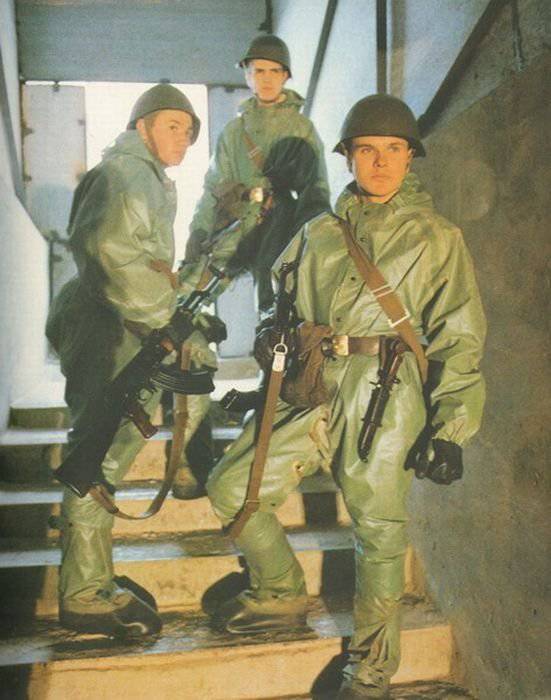
55.
1 September 1939 adopted the law “On Universal Conscription”, which abolished existing restrictions on recruitment for the army and navy for certain categories of the population and proclaimed military service as the honorable duty of all citizens of the USSR, regardless of their class.
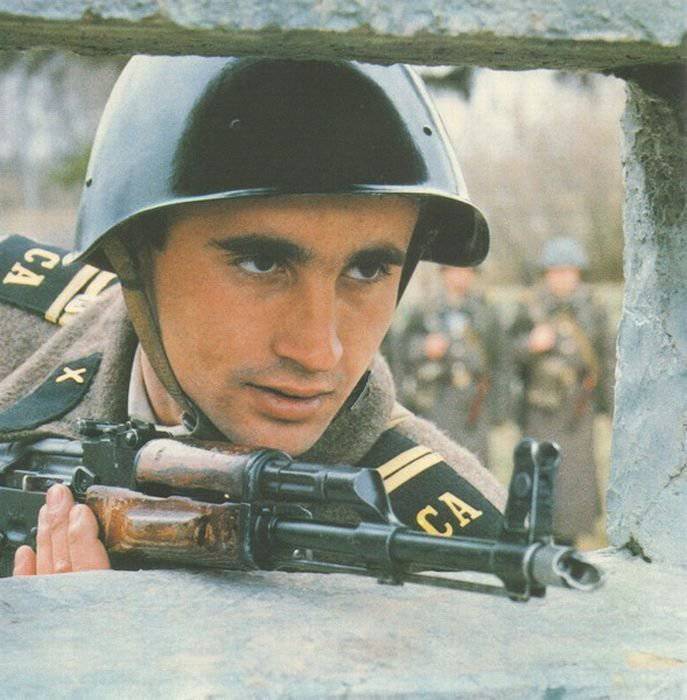
56.
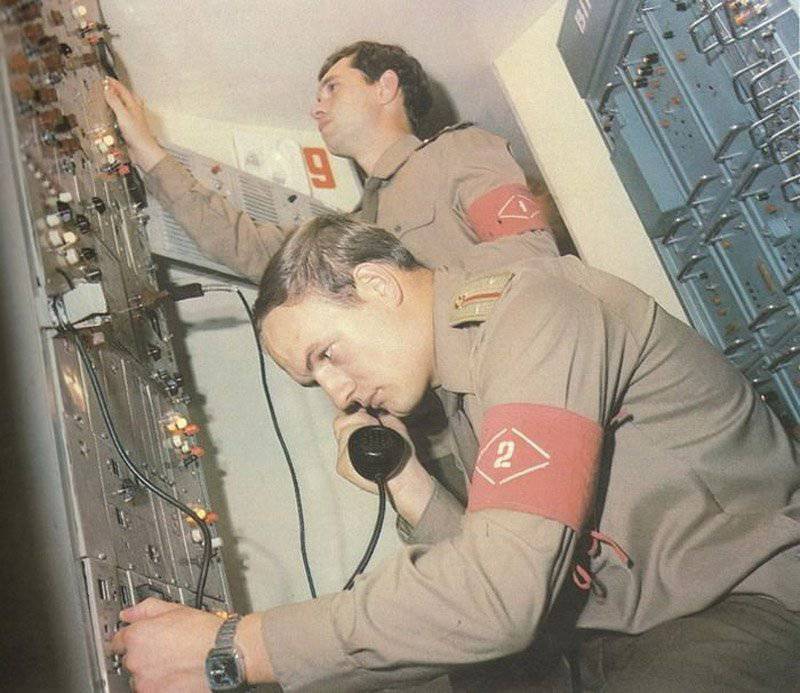
57.
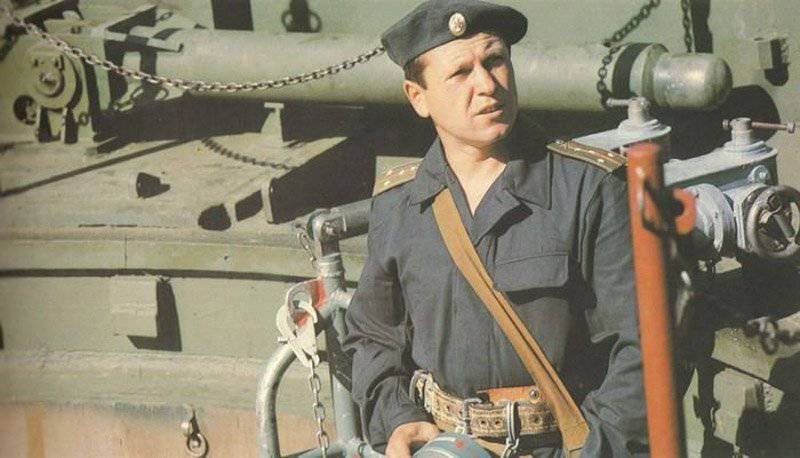
58.
The social composition of the army improved: from 40 to 50% of the soldiers and junior commanders were representatives of the working class. In 1939 there were 14 military academies, 63 military schools of the Ground Forces and 14 navy, 32 flight and flight technical schools. On September 22, 1935, personal military ranks were introduced (see Military Ranks), and on May 7, 1940, general and admiral ranks. According to the technical equipment of the Armed Forces during the years of the prewar five-year plans (1929–40), they rose to the level of the armies of the advanced capitalist states. In the Ground Forces in 1939 compared to 1930 the number of artillery increased; in 7, including anti-tank and tank - 70 times. The number of tanks from 1934 to 1939 increased by 2,5 times. Along with the quantitative growth of weapons and military equipment, their quality has improved. A notable step was taken in increasing the rate of fire of small arms. Mechanization and motorization of all branches of the armed forces increased. Air defense, engineering, communications, chemical defense troops were armed with new technical means. Based on the successes of aircraft and engine building, the Air Force further developed. In 1939, compared with 1930, the total number of aircraft increased by 6,5 times. The Navy launched the construction of surface ships of various classes, submarines, torpedo boats, as well as naval aircraft. Compared to 1939, the volume of military production in 1940 increased by more than 1/3. Through the efforts of the teams of the design bureaus A.I. Mikoyan, M.I. Gurevich, A.S. Yakovlev, S.A. Lavochkin, S.V. Ilyushin, V.M. Petlyakov, etc. and various types of aviation workers fighter aircraft: Yak-1, MiG-Z, LaGG-Z, diving bomber Pe-2, attack aircraft Il-2. The design teams of J. Ya. Kotin, M.I. Koshkin, A. A. Morozov, I. A. Kucherenko put into serial production the world's best heavy and medium tanks KV-1 and T-34. The design bureaus of V. G. Grabin, I. I. Ivanov, F. I. Petrov, and others created new original types of artillery guns and mortars, many of which went into mass mass production. From May 1940 until the start of World War II 1941–45, the gun fleet increased by more than 1,2 times. Designers Yu.A. Pobedonostsev, I.I. Gvay, V.A. Artemyev, F.I. Poyda and others created jet weapons for salvo firing at squares. A large group of designers and scientists are A.N. Krylov, P.N. Papkovich, V.L. Pozdyunin, V.I. Kostenko, A.N. Maslov, B.M. Malinin, V.F. Popov and others. , developed several new models of warships, which were put into mass production. Great successes were achieved in 1940–41 by factories for the production of small arms, ammunition, fuels and lubricants, etc.
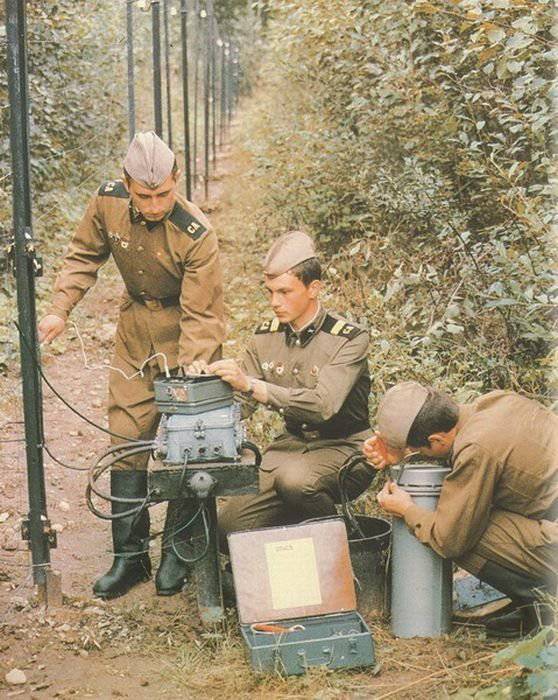
59.
The increased technical equipment allowed on the eve of the war to significantly improve the organizational structure of the troops. The infantry divisions included tanks, powerful divisional artillery, anti-tank and anti-aircraft artillery, which greatly increased their firepower. The organization of the artillery reserve of the High Command (RGC) received further development. Instead of separate tank and armored brigades, which with 1939 were the main units of armored troops, the formation of larger units — tank and mechanized divisions. The airborne troops began to form the airborne corps, and the Air Force - to move from 1940 to the divisional organization. In the Navy, formations and formations were organized, intended for joint operations with ground forces and for carrying out independent operations.
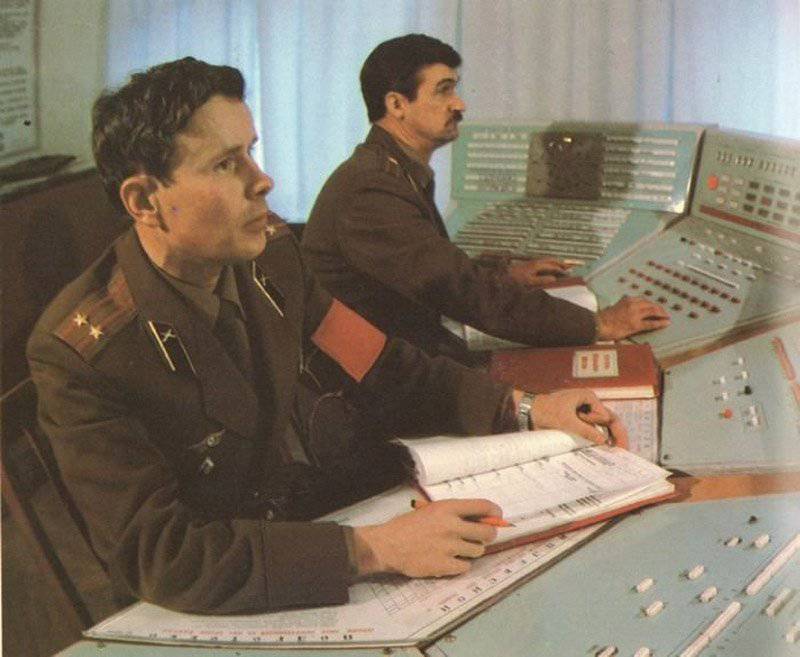
60.
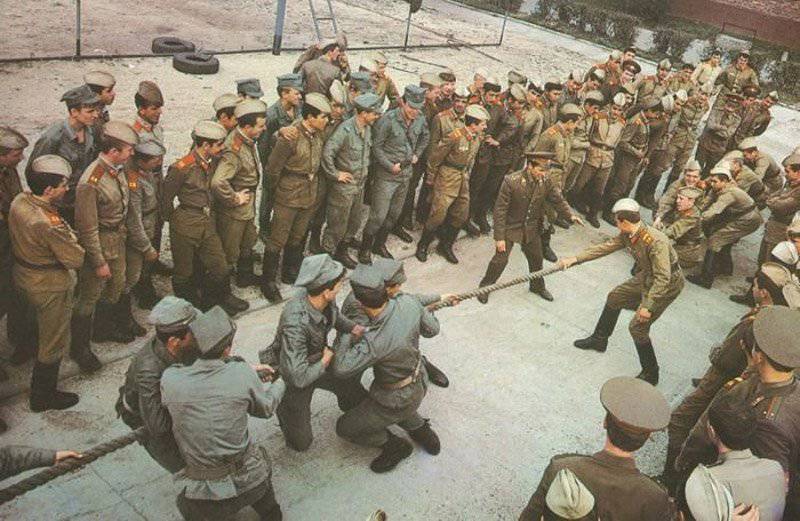
61.
Military strategy, operational art and tactics were further developed. In the middle of 30's. a theory of deep combat and deep operations is being developed, reflecting qualitative changes in the technical equipment of the troops, a fundamentally new theory of conducting operations by mass highly mobile, well-equipped armies. Theoretical positions were tested on maneuvers and exercises, as well as during the fighting of the Red Army in the area of Lake Hassan, r. Khalkhin Gol, in the Soviet-Finnish war 1939 — 40. Many charters and manuals were re-developed. In 1940, the troops received infantry combat regulations (part 1), drafts of field regulations and infantry combat regulations (part 2), combat forces of tank forces, combat regulations, regulations of guard duty, etc. 7 on May 1940 was appointed Commissar of Defense S. K. Tymoshenko.
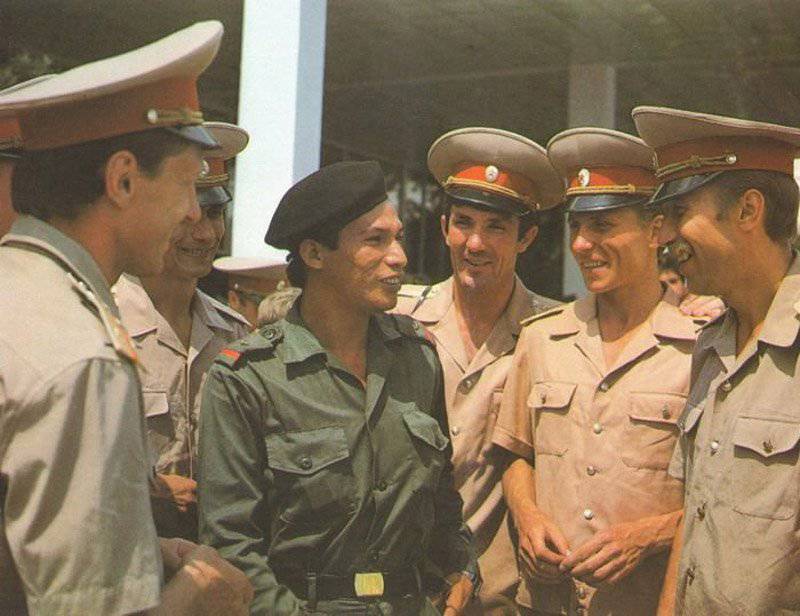
62.
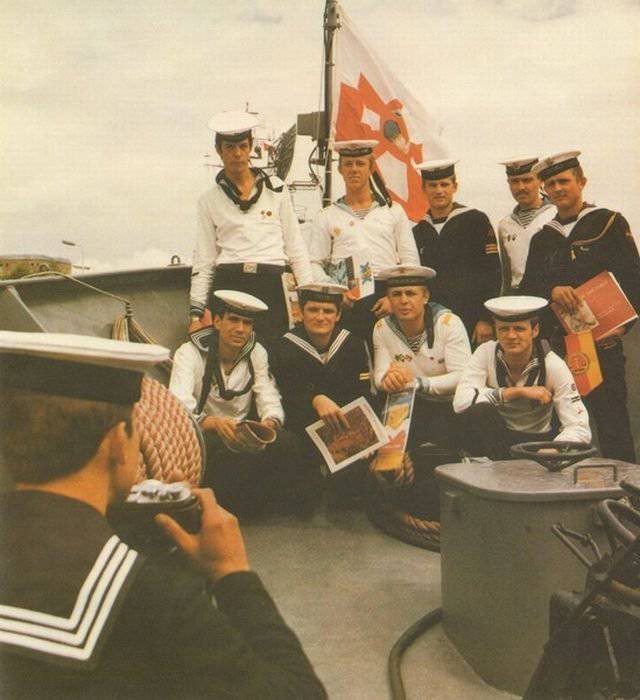
63.
Despite the measures taken, the preparation of the Armed Forces to repel the aggression being prepared by German fascism was not completed. The reorganization of the Armed Forces on a new technical basis by the beginning of the war was not completed. Most of the compounds transferred to the new states were not fully equipped with weapons and military equipment, as well as vehicles. Many middle and senior commanders lacked experience in modern military operations.
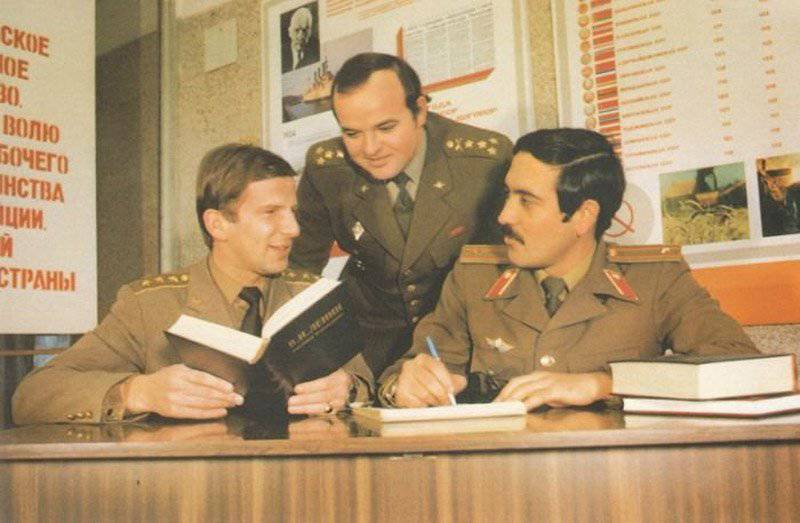
64.
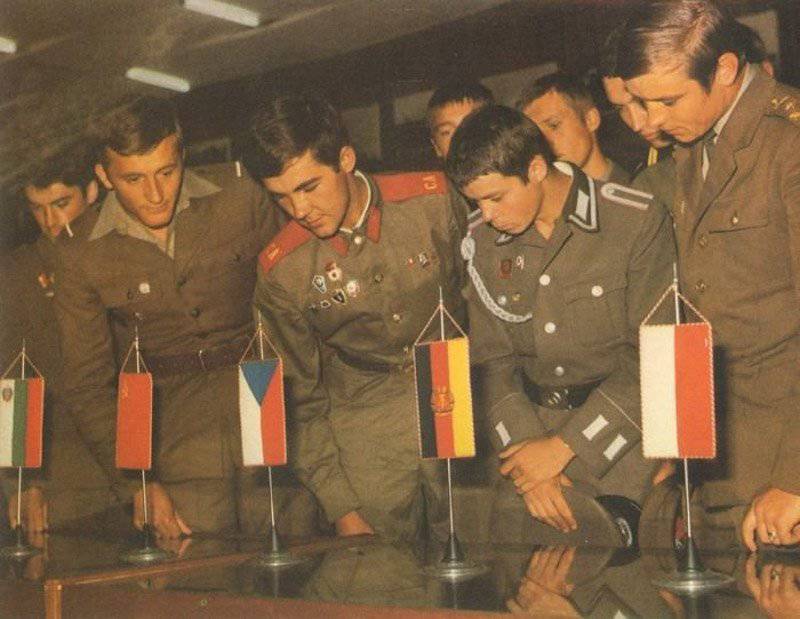
65. Military from different socialist countries.
Great Fatherland. the 1941 — 45 war was the hardest test for the Soviet people and the Armed Forces of the USSR. The German fascist troops, due to the suddenness of the attack, long preparation for war, 2-year experience of military operations in Europe, superiority in the quantity of weapons, the number of troops and other temporary advantages, were able to move hundreds of kilometers in the first months of the war deep into the Soviet territory. The CPSU and the Soviet government have done everything necessary to eliminate the deadly threat looming over the country. Since the beginning of the war, the deployment of the Armed Forces has been organized in a short time. July 1 1941 was called up from the stock by 5,3 million. The whole life of the country was rebuilt on a war footing. The main sectors of the economy switched to the production of military products. In July - November, 1941 of large enterprises, mainly of defense value, was evacuated from the frontline areas of 1360. 30 June 1941 was formed by an emergency body - the State Defense Committee (GKO), chaired by JV Stalin. July 19 The 1941 People’s Commissar of Defense was appointed by JV Stalin, who on August 8 also became the Supreme Commander-in-Chief of the Armed Forces. The State Defense Committee led the entire life of the country, having united the efforts of the rear and the front, the activity of all state bodies, party and public organizations for the complete defeat of the enemy. The fundamental questions of state leadership and the conduct of war were decided by the Party Central Committee — the Politburo, the Organizing Bureau, and the Secretariat. The decisions were implemented through the Presidium of the Supreme Soviet of the USSR, the Council of People's Commissars of the USSR, the GKO and the Supreme Command, created by 8 August 1941. The Supreme Command carried out strategic leadership of the Armed Forces with the help of its working body, the General Staff. The most important issues of warfare were discussed at joint meetings of the Political Bureau of the Central Committee, the State Defense Committee and Stavka.
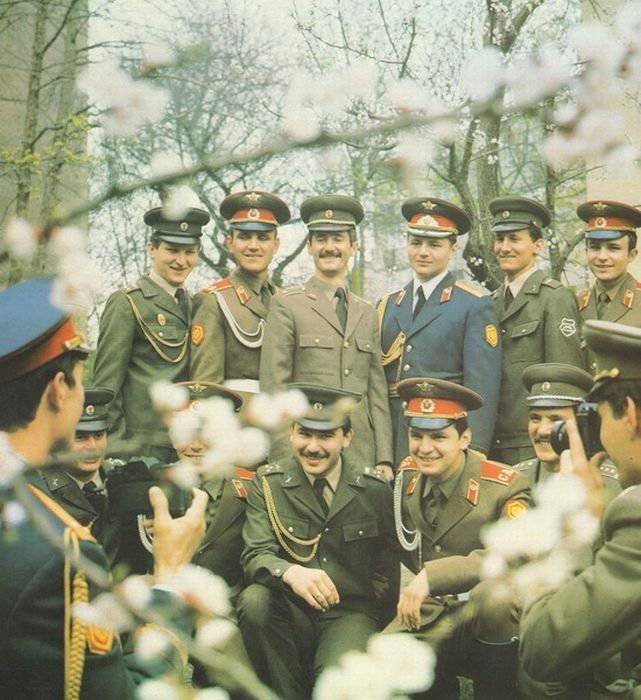
66.
Since the beginning of the war, the training of officers has been expanded by increasing the number of students attending academies, cadets of schools and reducing the length of training, creating a large number of courses for accelerated training for junior officers, especially from among soldiers and sergeants. Since September, 1941 to distinguished compounds began to be given the name of the guard (see Soviet Guard).
Thanks to the extraordinary measures taken by the CPSU and the Soviet government, mass heroism and unprecedented self-sacrifice of the Soviet people, soldiers of the army and navy, by the end of 1941 they managed to stop the enemy on the approaches to Moscow, Leningrad and other vital centers of the country. During the Moscow Battle of 1941 — 42, the first major defeat to the enemy in the entire 2 World War I was dealt. This battle dispelled the myth of the invincibility of the fascist German army, frustrated the blitzkrieg plan, was the beginning of a decisive turn in the war in favor of the USSR.
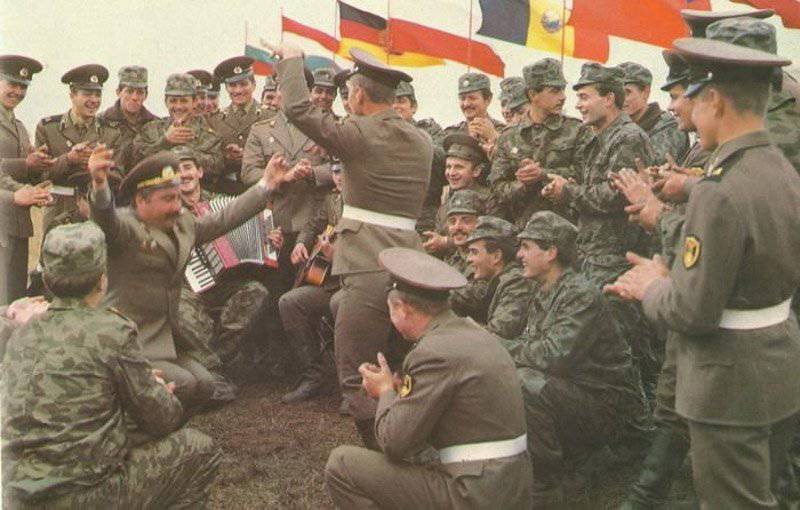
67.
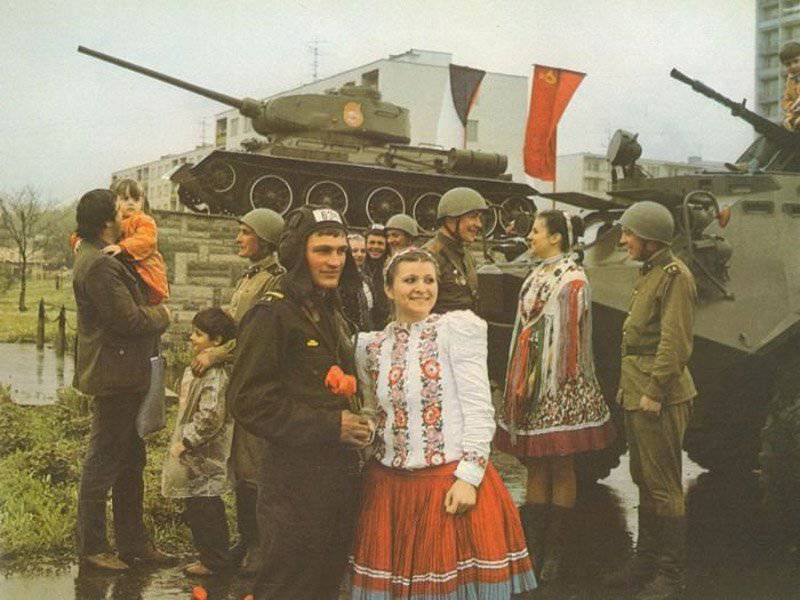
68.
In the summer of 1942 military center moved to the southern wing of the Soviet-German front. The enemy rushed to the Volga, oil of the Caucasus, the grain regions of the Don and Kuban. The party and the Soviet government made every effort to stop the enemy, continued to build up the power of the Armed Forces. By the spring of 1942 as part of the Armed Forces were only in the army 5,5 million people. From the middle of 1942, the industry began to increase military production, to more fully meet the needs of the front. If 1941 15 aircraft was released on 735, then 1942 25 was already in 436, tanks 6590 and 24 446 respectively, the production of ammunition almost doubled. 1942 Thousands of officers were sent to 575 in the army. In the battle of Stalingrad 1942 — 1943, Soviet troops defeated the enemy and seized a strategic initiative. This victory was the beginning of a radical change not only in the Great Patriotic War, but also in the whole 2 World War II.
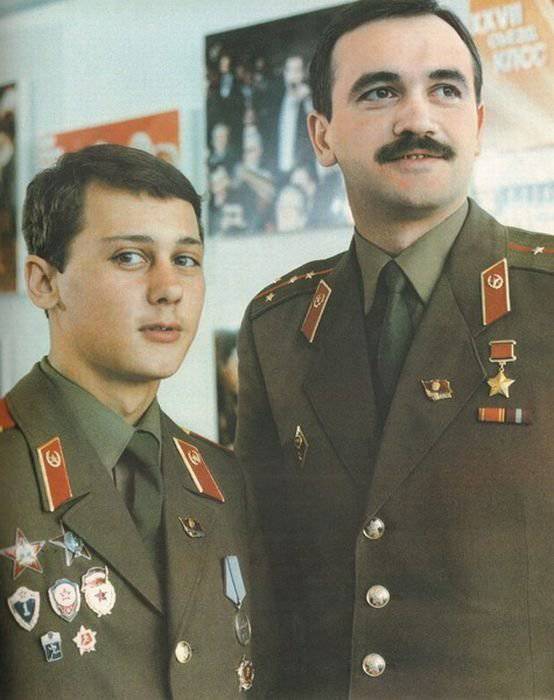
69.
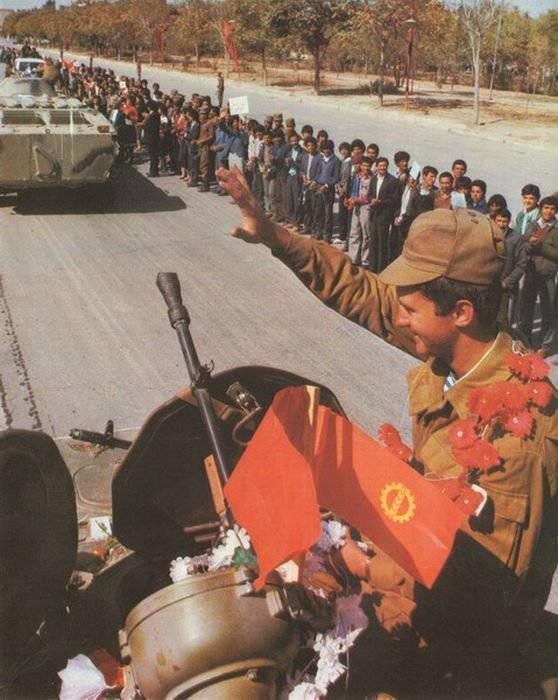
70.
Military production developed rapidly at 1943: aircraft production increased by 1942% compared to 137,1, warships increased by 123%, machineguns by 134,3%, projectiles by 116,9%. In general, the production of military products increased by 173,3%, and in Nazi Germany by 17%. The Soviet defense industry was able to surpass the enemy not only in the quantity of weapons, but also in their quality. The mass production of artillery pieces made it possible to strengthen divisional artillery, create corps, army artillery and powerful artillery of the High Command reserve (RVGK), new units and units of reactive, anti-tank and anti-aircraft artillery. A significant number of tank and mechanized corps were formed, most of which were later consolidated into a tank. army. The armored and mechanized troops became the main striking force of the Ground Forces (by the end of the 12 they included 1943 tank. Armies, 5 tank and 24 mechanized corps). The composition of aviation divisions, corps and air armies has increased.
The considerable strengthening of the power of the Soviet Armed Forces and the increased military skill of its military leaders allowed the Fascist troops to defeat the Nazi Germany in the Battle of 1943 in the Battle of Kursk, which put Nazi Germany in front of a military catastrophe.
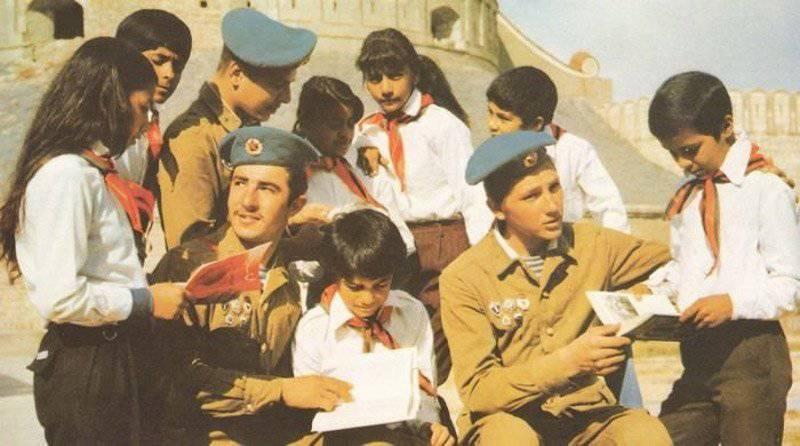
71. Warriors-internationalists and pioneers.
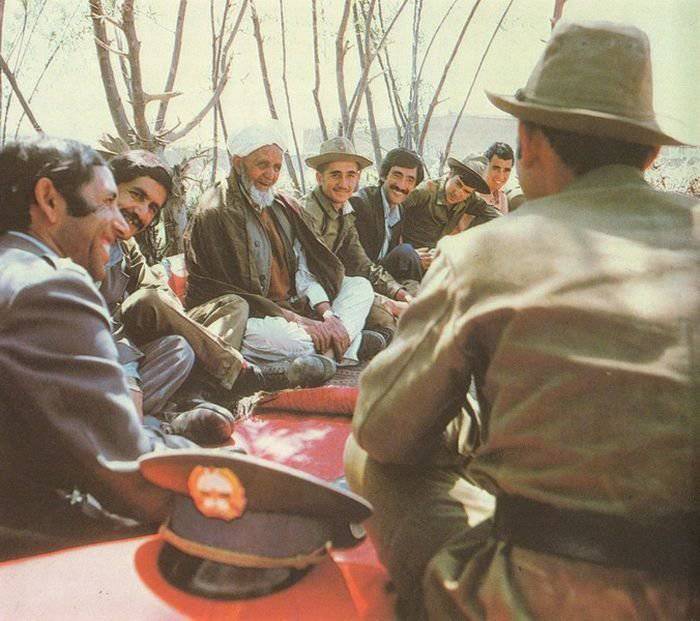
72.
Decisive victories were won by the Armed Forces of the USSR in 1944 — 45. By this time, they had a huge combat experience, had enormous power, and by the beginning of 1945 there were 11 365 thousand people. The advantages of the socialist economic system, the vitality of the economic policy of the CPSU and the Soviet government were clearly revealed. The 1943 — 45 annually produced an average of 220 thousand artillery guns and mortars, 450 thousand machine guns, 40 thousand aircraft, 30 thousand tanks, self-propelled guns and armored vehicles. New types of aircraft were produced in large numbers - La-7, Yak-9, Il-10, Tu-2, heavy tanks IS-2, self-propelled artillery installations ISTU-122, ISTU-152 and SU-100, jet installations BM- 31-12, 160-mm mortars and other military equipment. As a result of strategic offensive operations, including near Leningrad and Novgorod, in the Crimea, on Right-Bank Ukraine, in Belarus, Moldavia, the Baltic States and in the Arctic, the Armed Forces cleared the invaders from Soviet soil. Developing a rapid offensive, the Soviet forces at 1945 conducted East Prussian, Vistula-Oder, and other operations. In the Berlin operation, they achieved the final defeat of fascist Germany. The Armed Forces fulfilled the great mission of liberation - they helped the peoples of Eastern and Southeastern Europe to get rid of the fascist occupation.
Fulfilling its allied obligations, the Soviet Union in August 1945 went to war with Japan. The USSR Armed Forces, together with the armed forces of Mongolia, defeated the Japanese Kwantung Army and thus played a decisive role in the end of World War 2 (see Manchurian operation 1945).
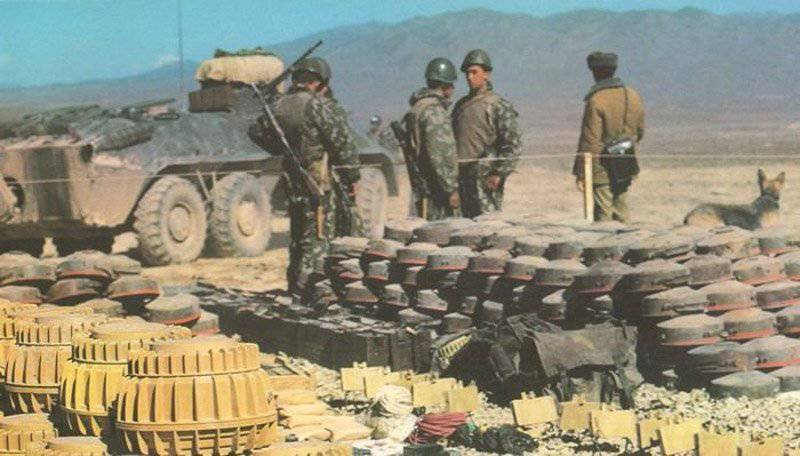
73.
The leading force of the Soviet people in the Great Patriotic War was the Communist Party. During the war, she sent over 1,6 million communists to the front, during the war about 6 million people joined the Communist Party.
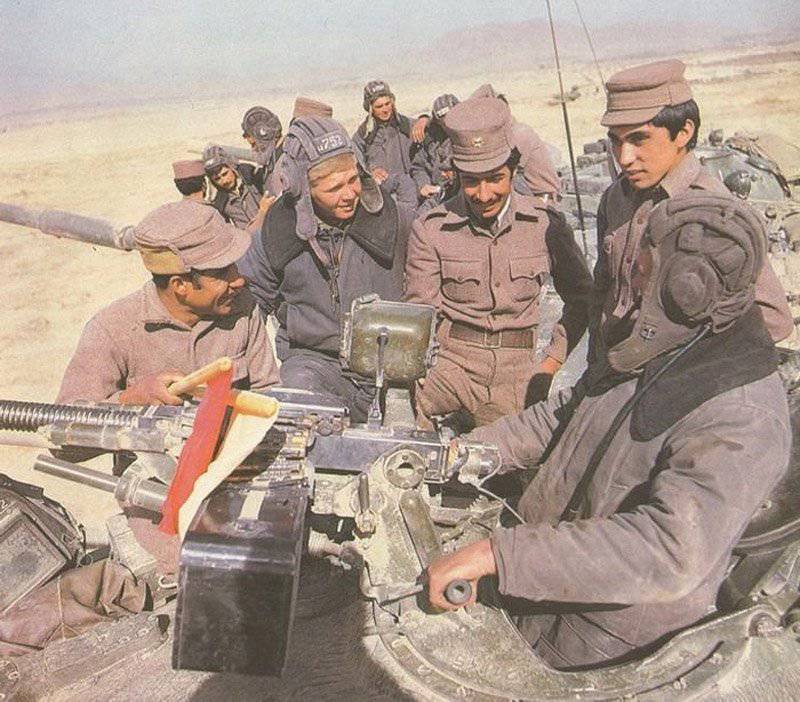
74.
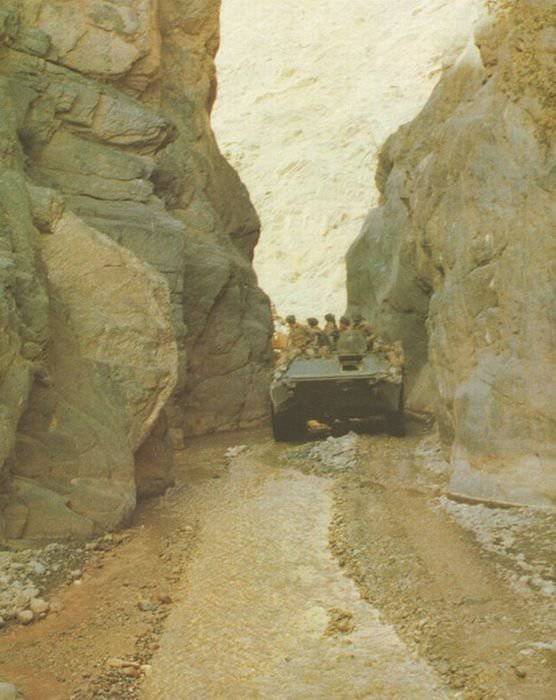
75. In the Afghan gorge.
The Party and the Soviet government appreciated the exploits of warriors on the war fronts. Over 7 million soldiers were awarded orders and medals; over 11600 of them - representatives of 100 nations and nationalities - were awarded the title Hero of the Soviet Union. About half of all soldiers awarded are Communists and Komsomol members.
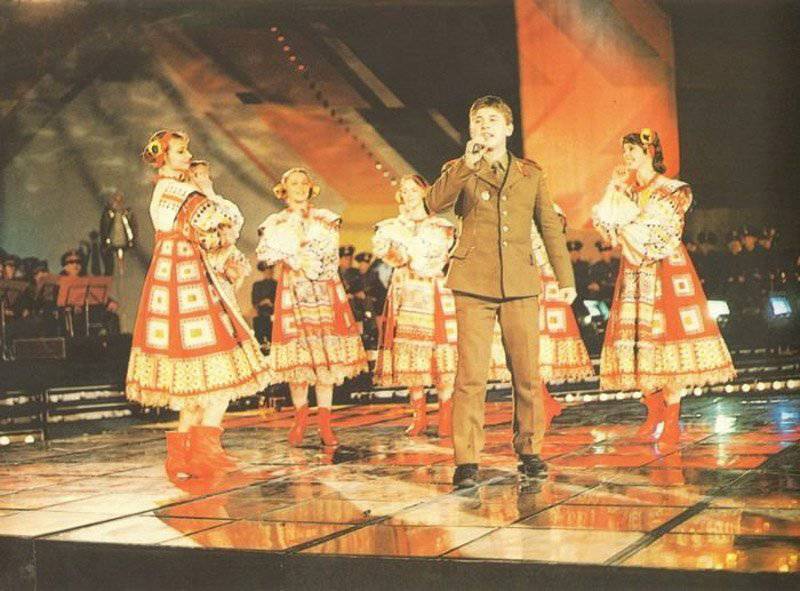
76.
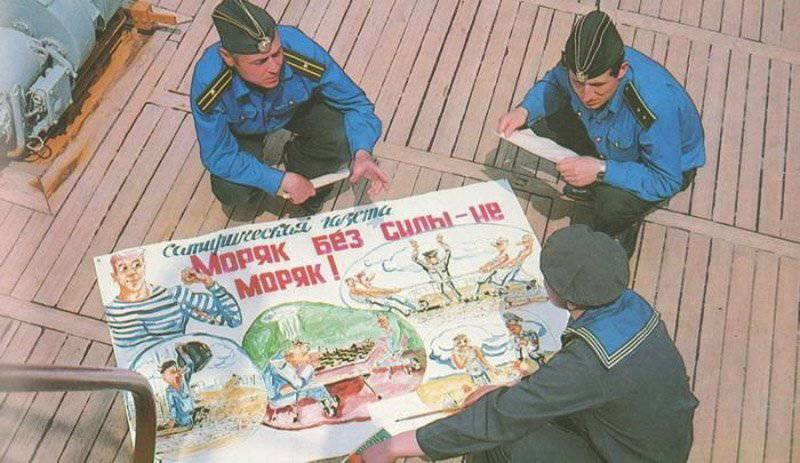
77. Wall newspaper.
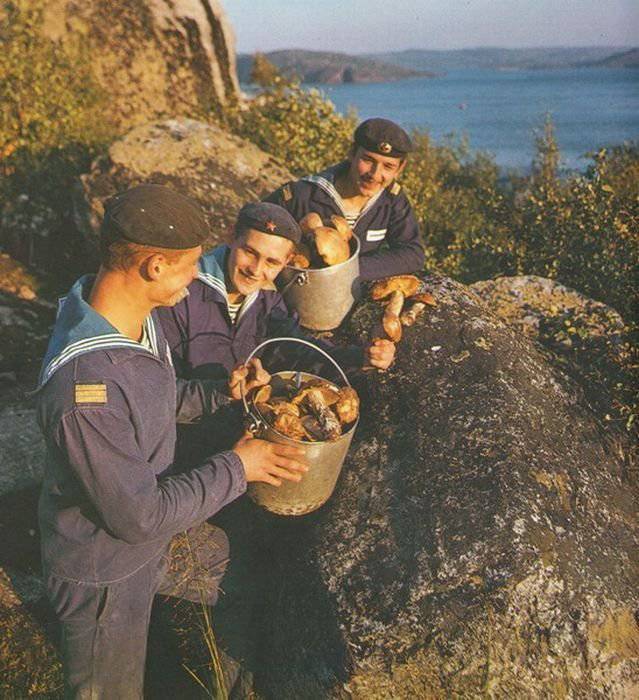
78.
During the war, the Armed Forces of the USSR gained a great deal of combat experience. Soviet military science, especially military art and all its component parts — strategy, operational art, and tactics — received further development. The frontal and strategic offensive operations of the front group were comprehensively developed, the problems of breaking through enemy defenses, the continuity of offensive development by introducing mobile - tank and mechanized formations and formations, achieving a clear interaction of forces and means, sudden strikes, all-round support of operations, issues of strategic defense and counterattack

79. In the army canteen.

80.
Having defeated the armies of fascist Germany and imperialist Japan, the USSR Armed Forces emerged from the war organizationally strong, equipped with the latest technology, with a sense of duty to the Soviet people and all of humanity. Began a massive dismissal of personnel. 4 September 1945 was abolished by the GKO, the Supreme Command Headquarters ceased operations. 25 February 1946 instead of the Commissariat of Defense and the Navy created a single Commissariat of the Armed Forces of the SS

81. Young family.

82.
Information